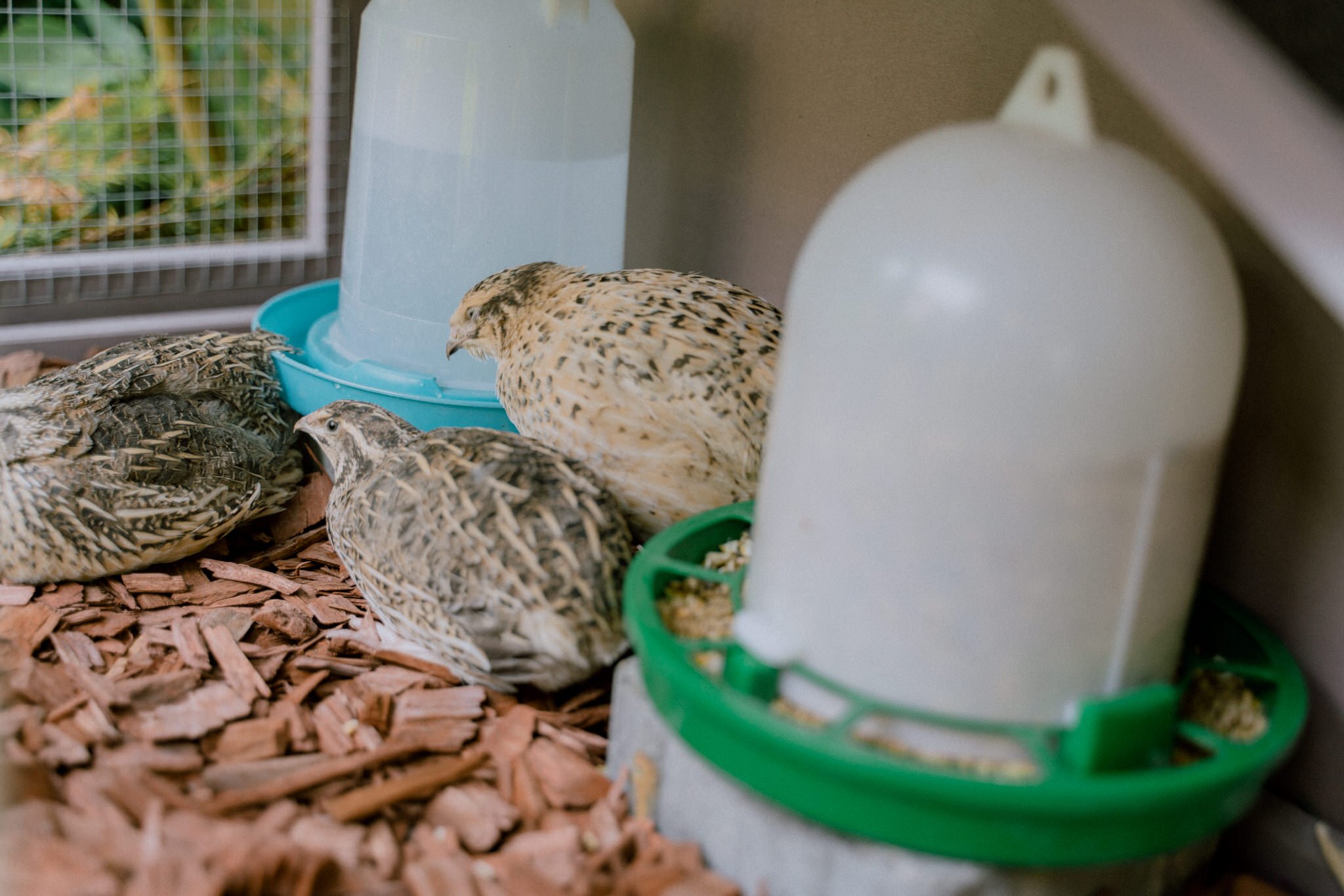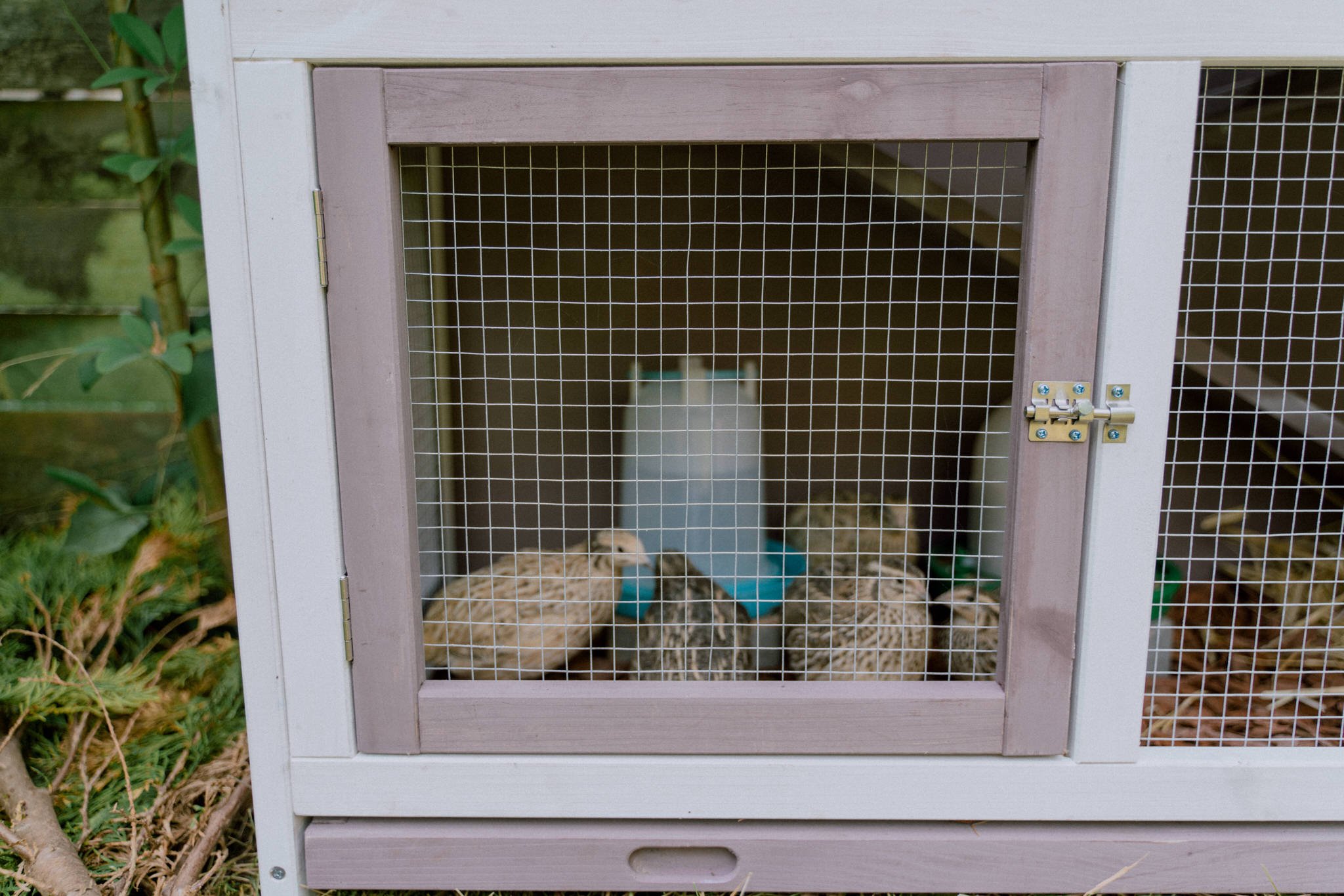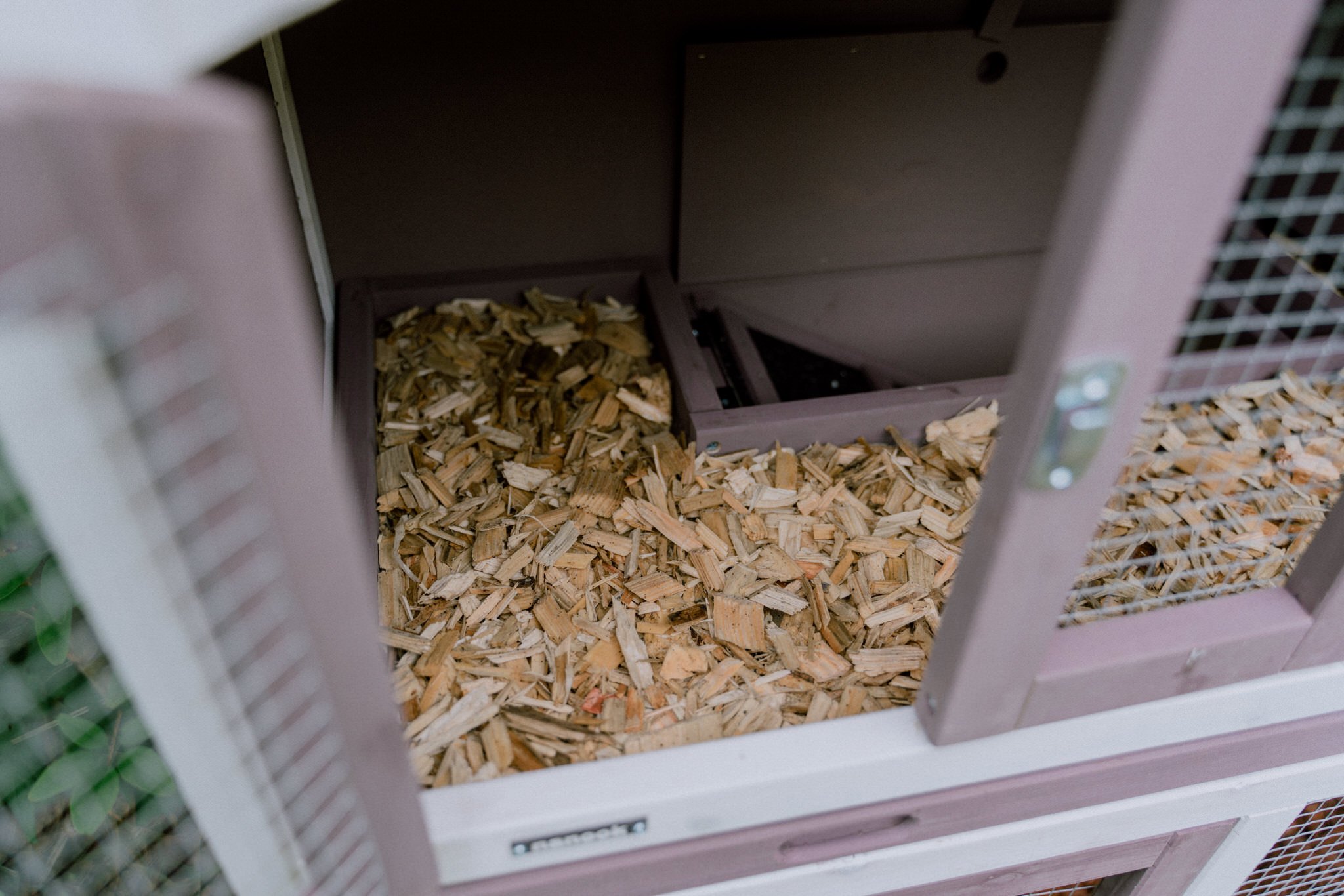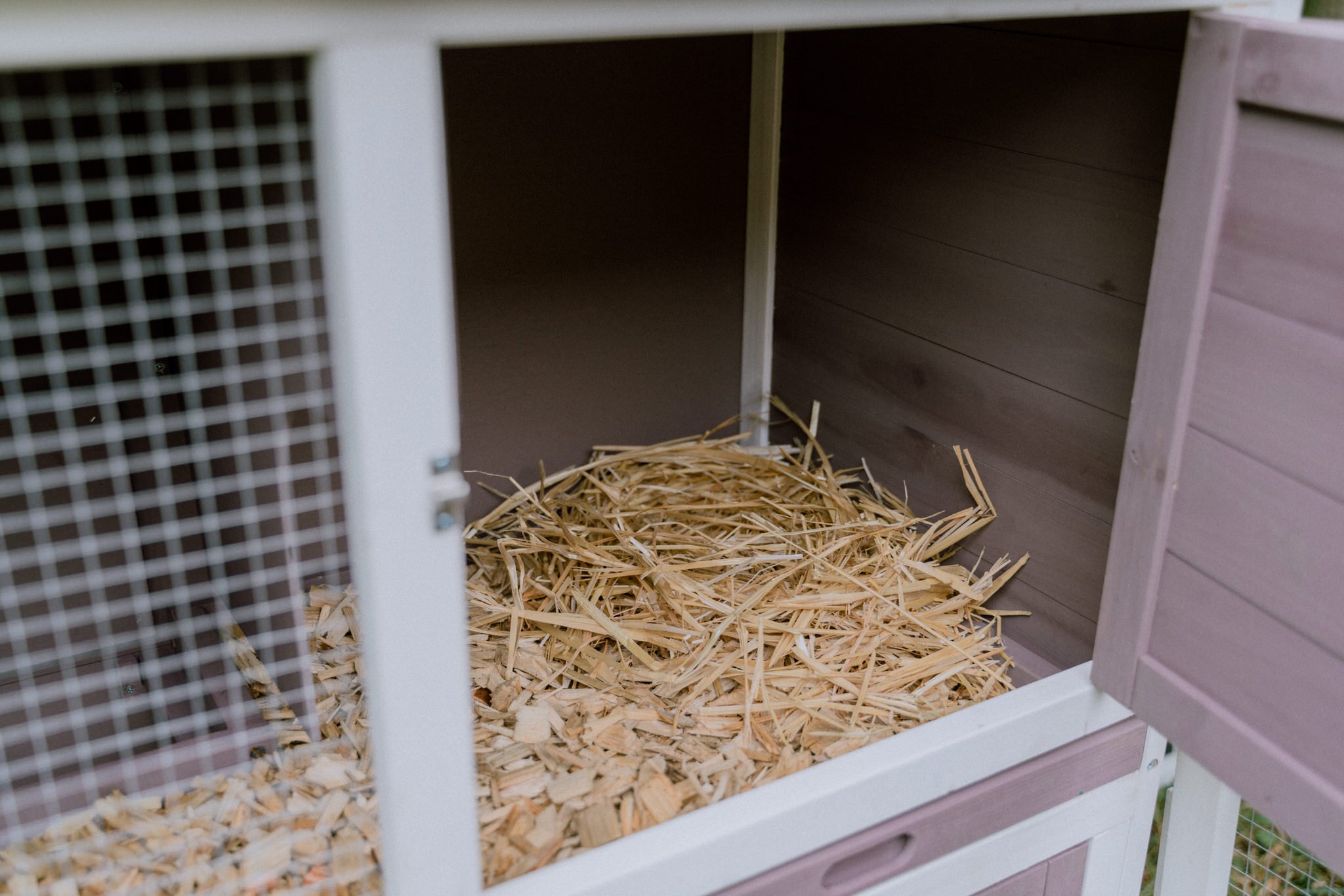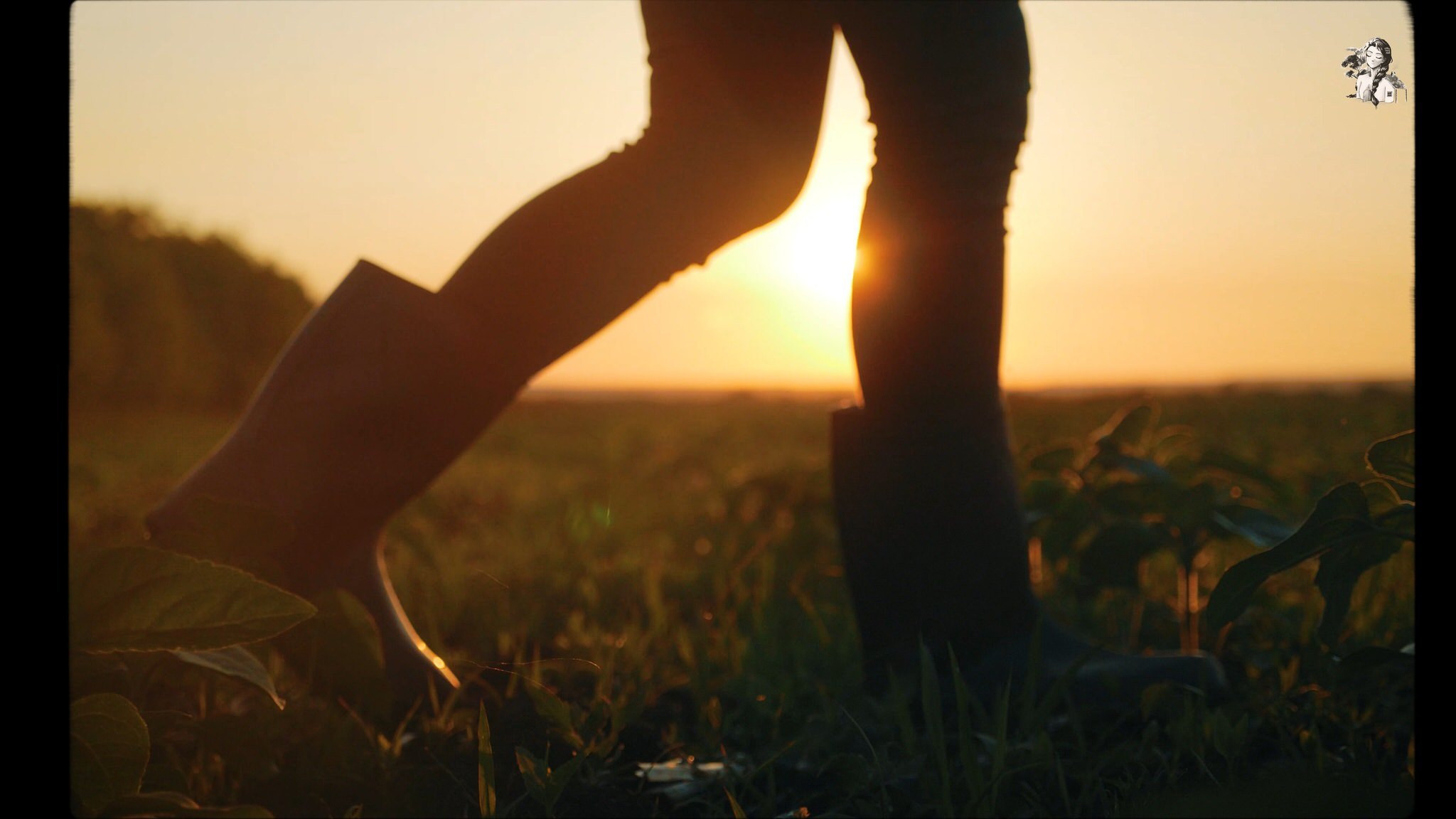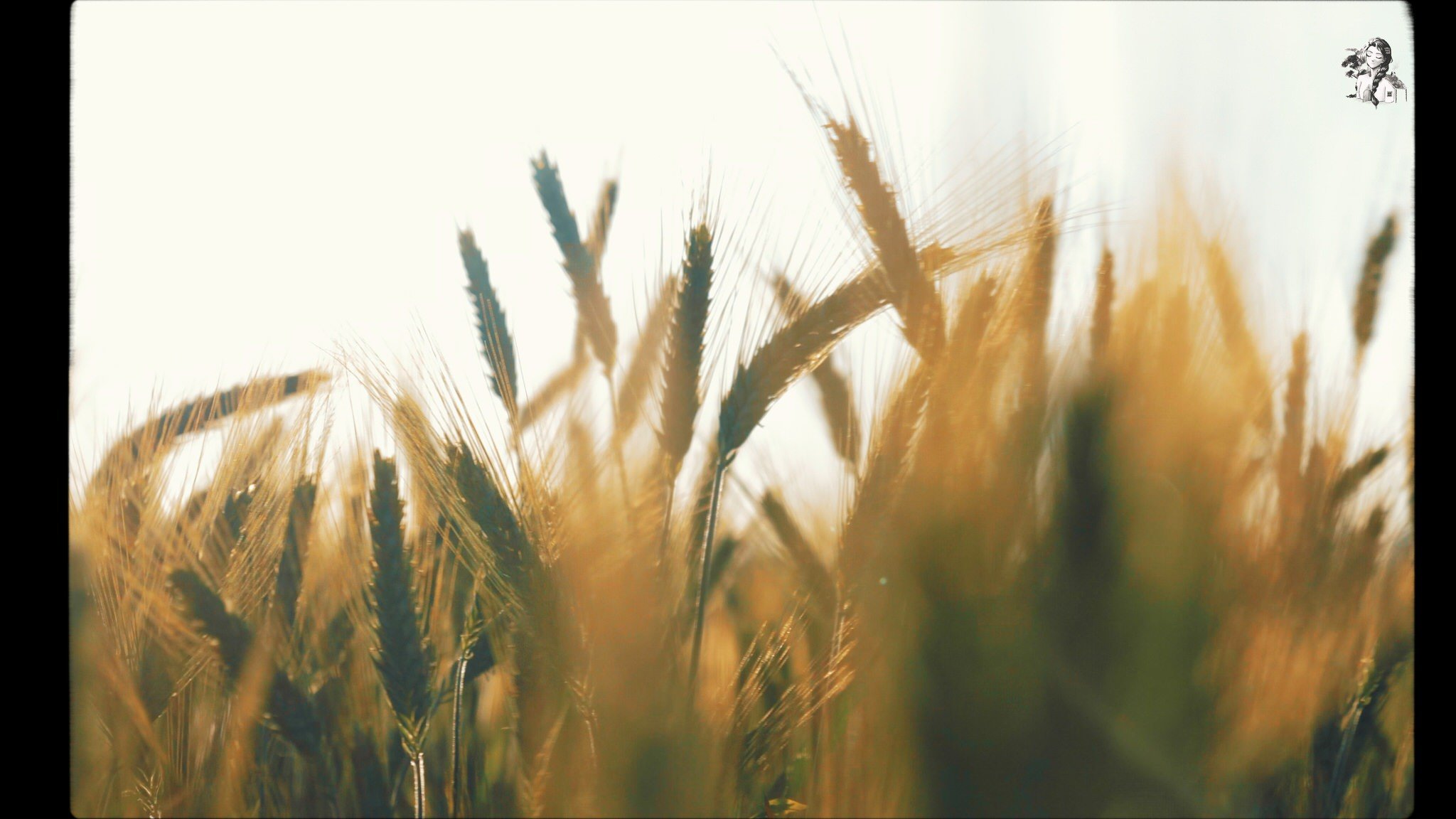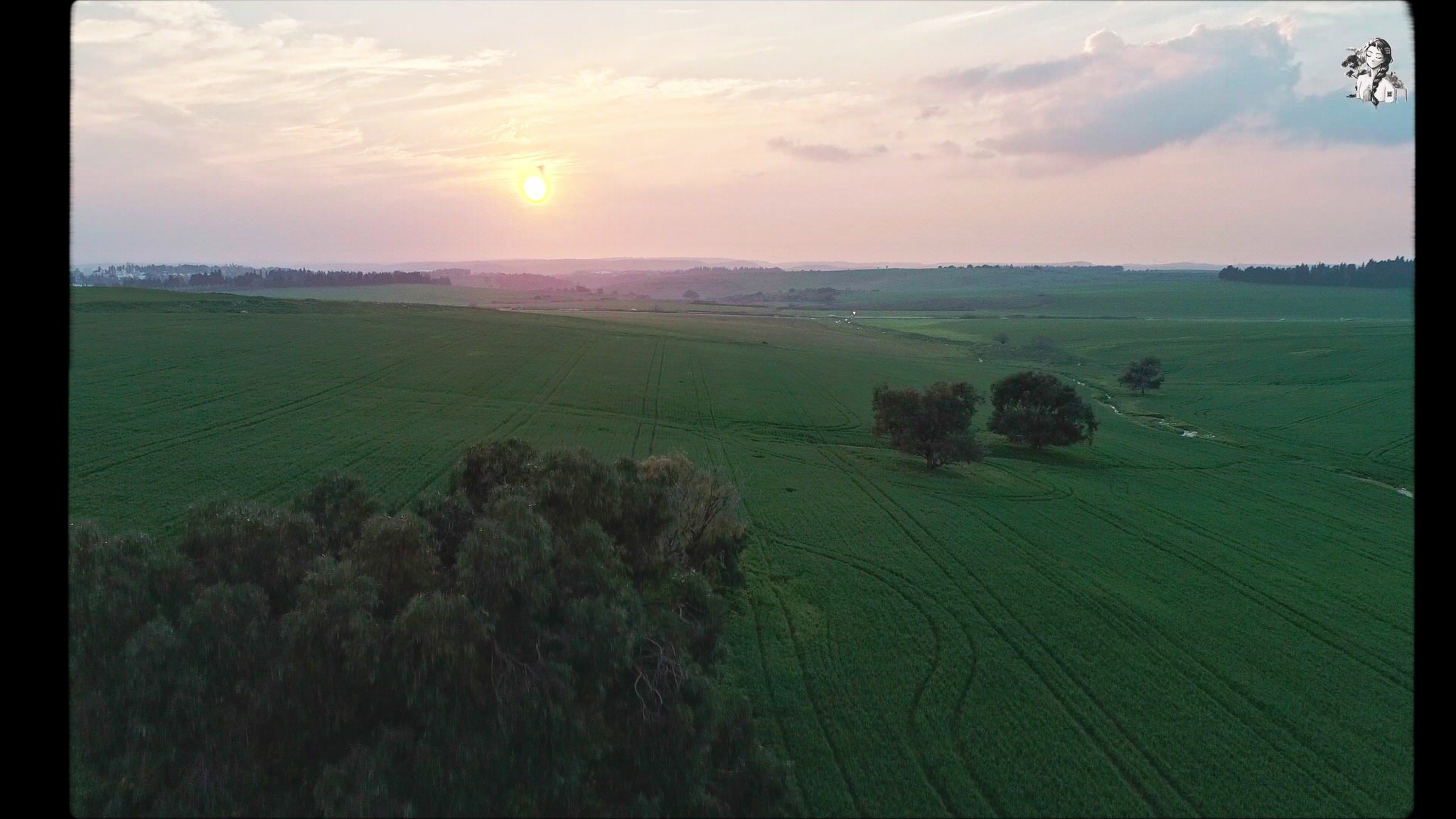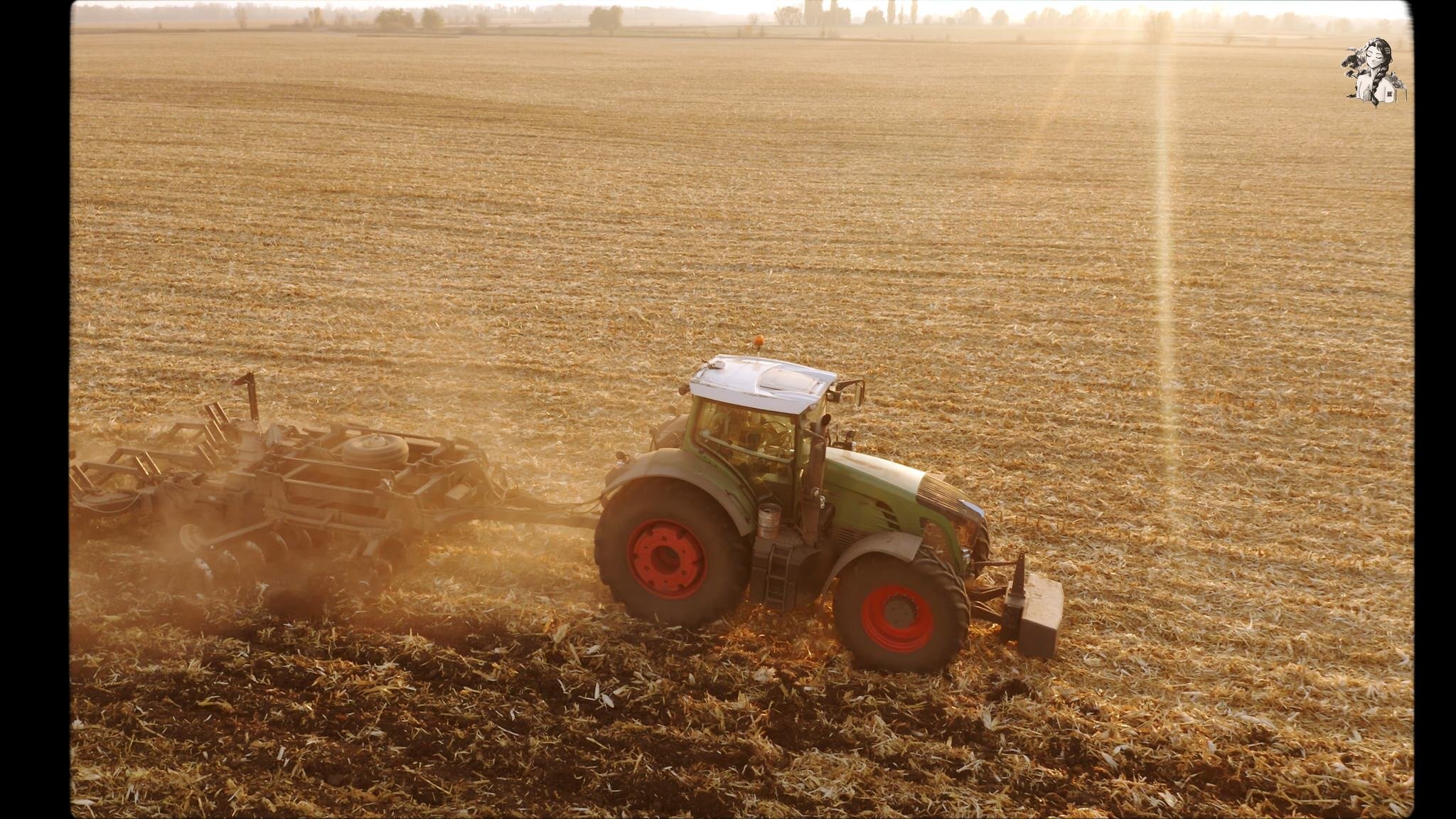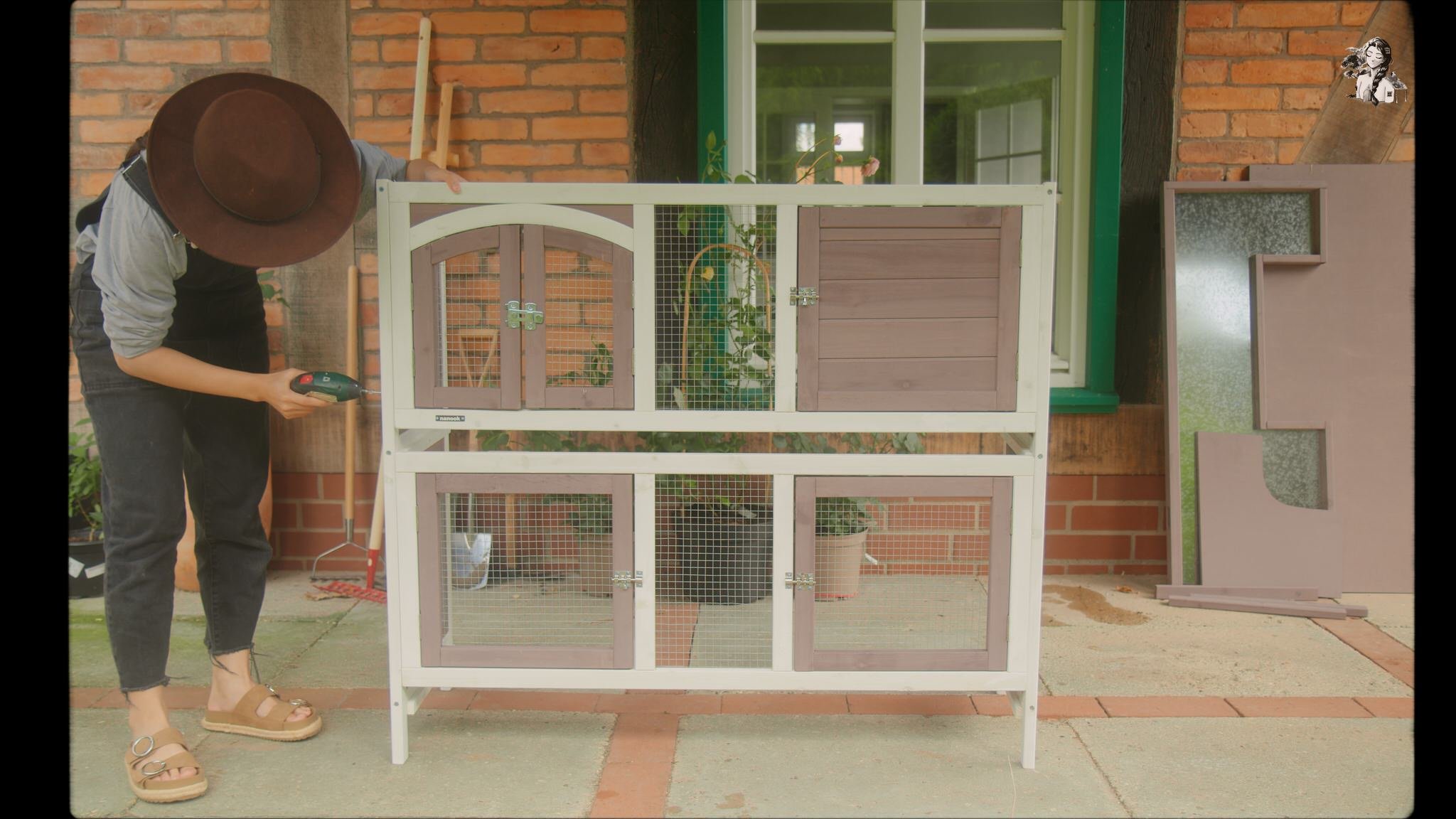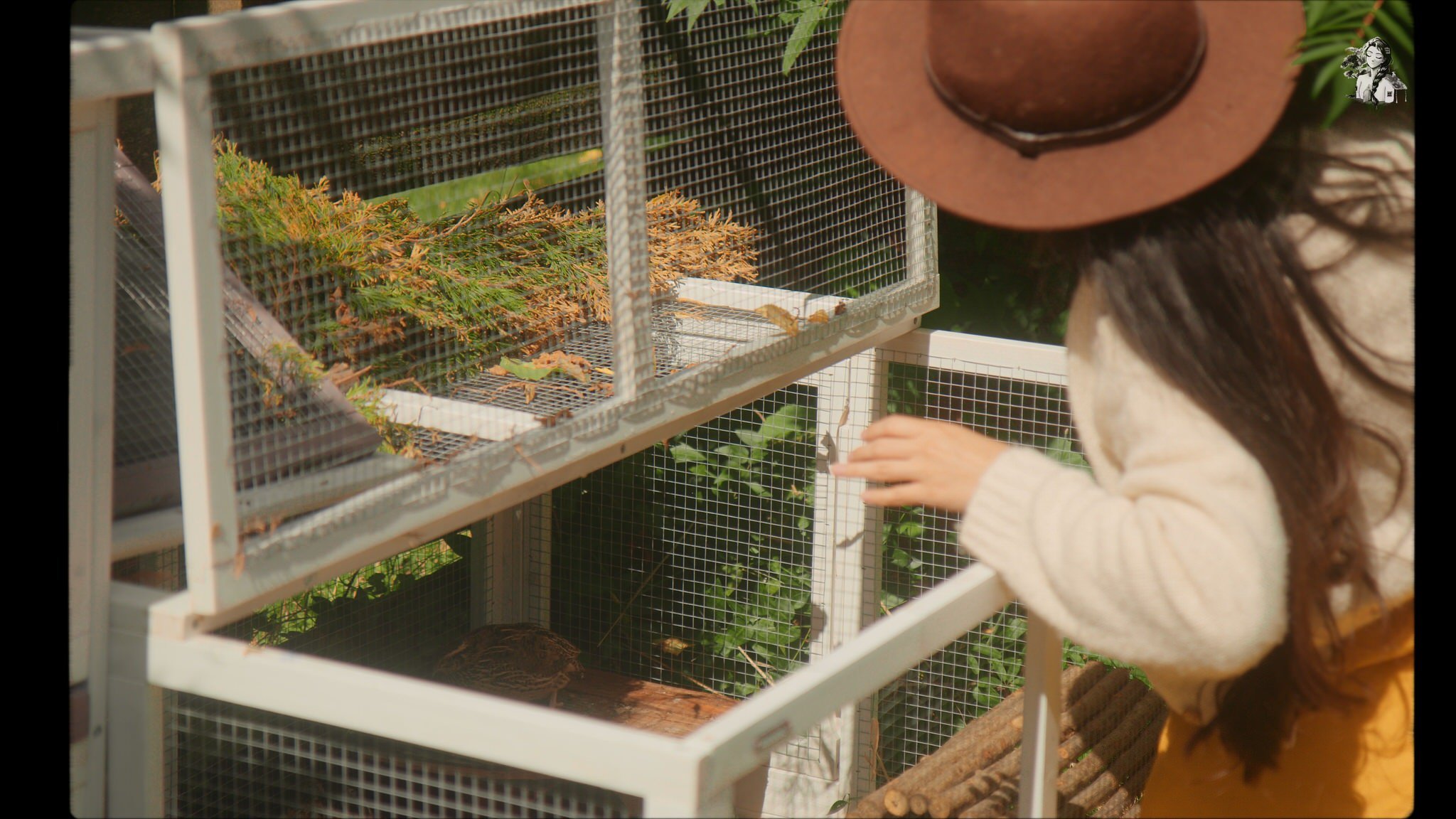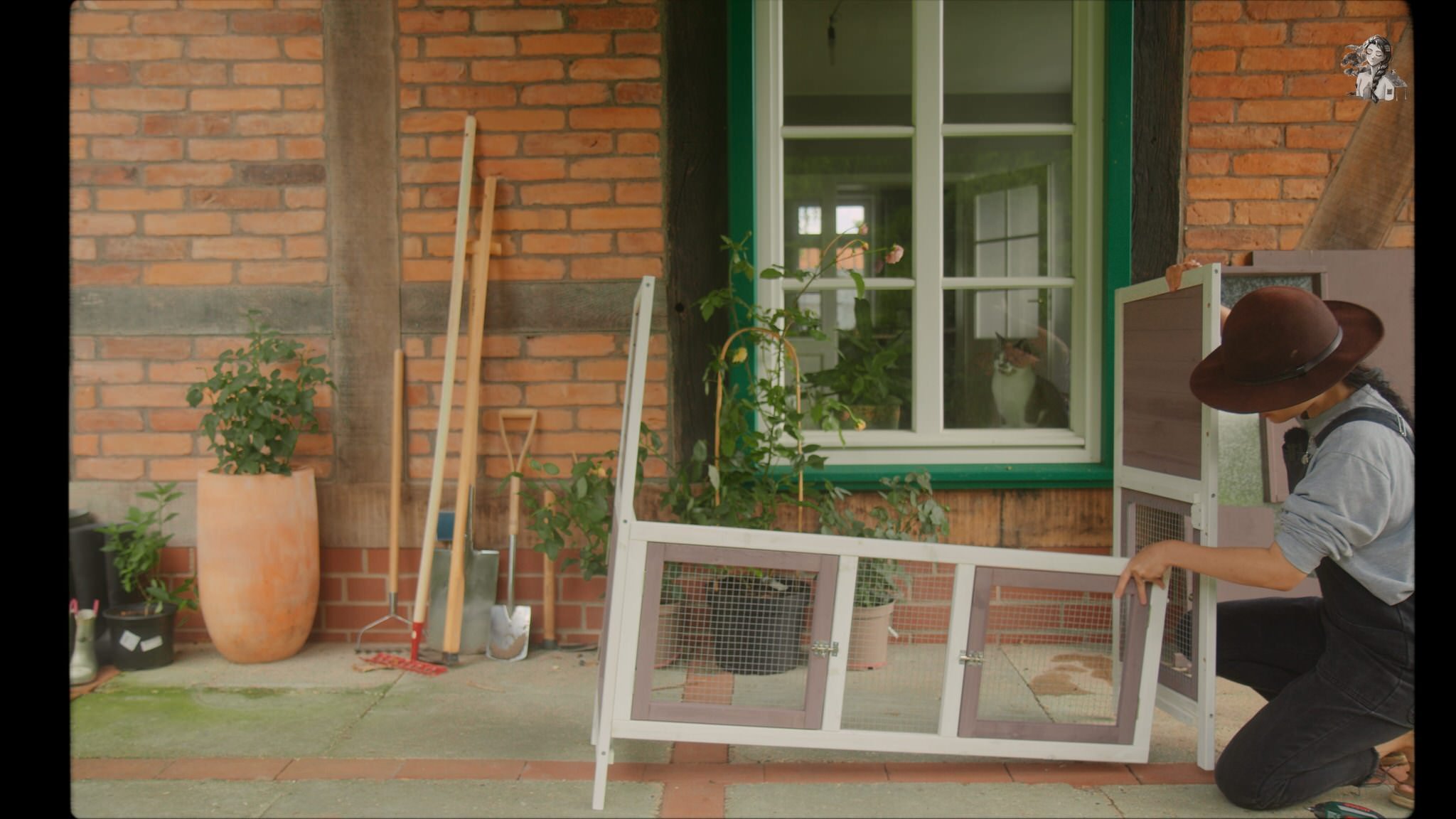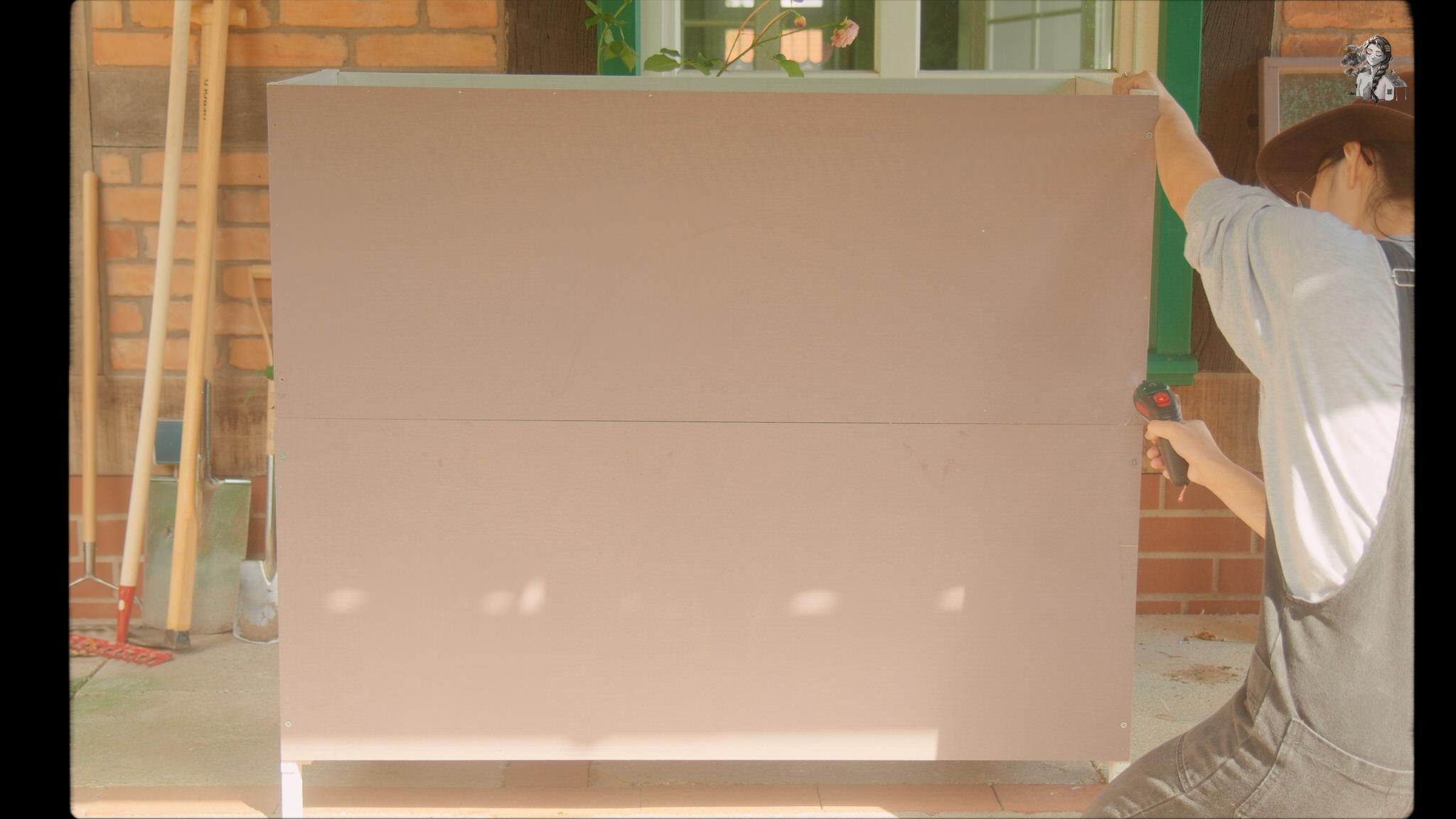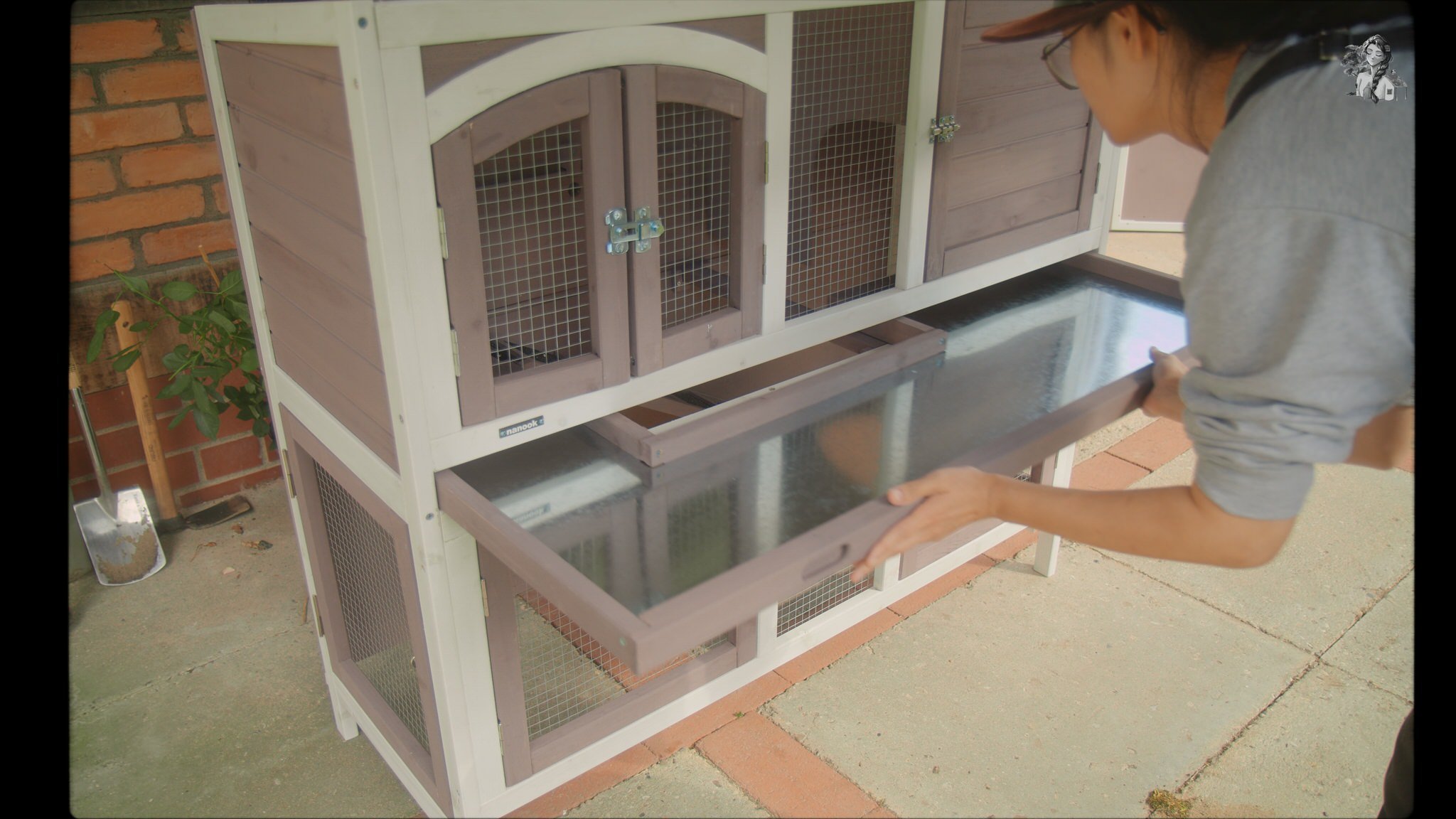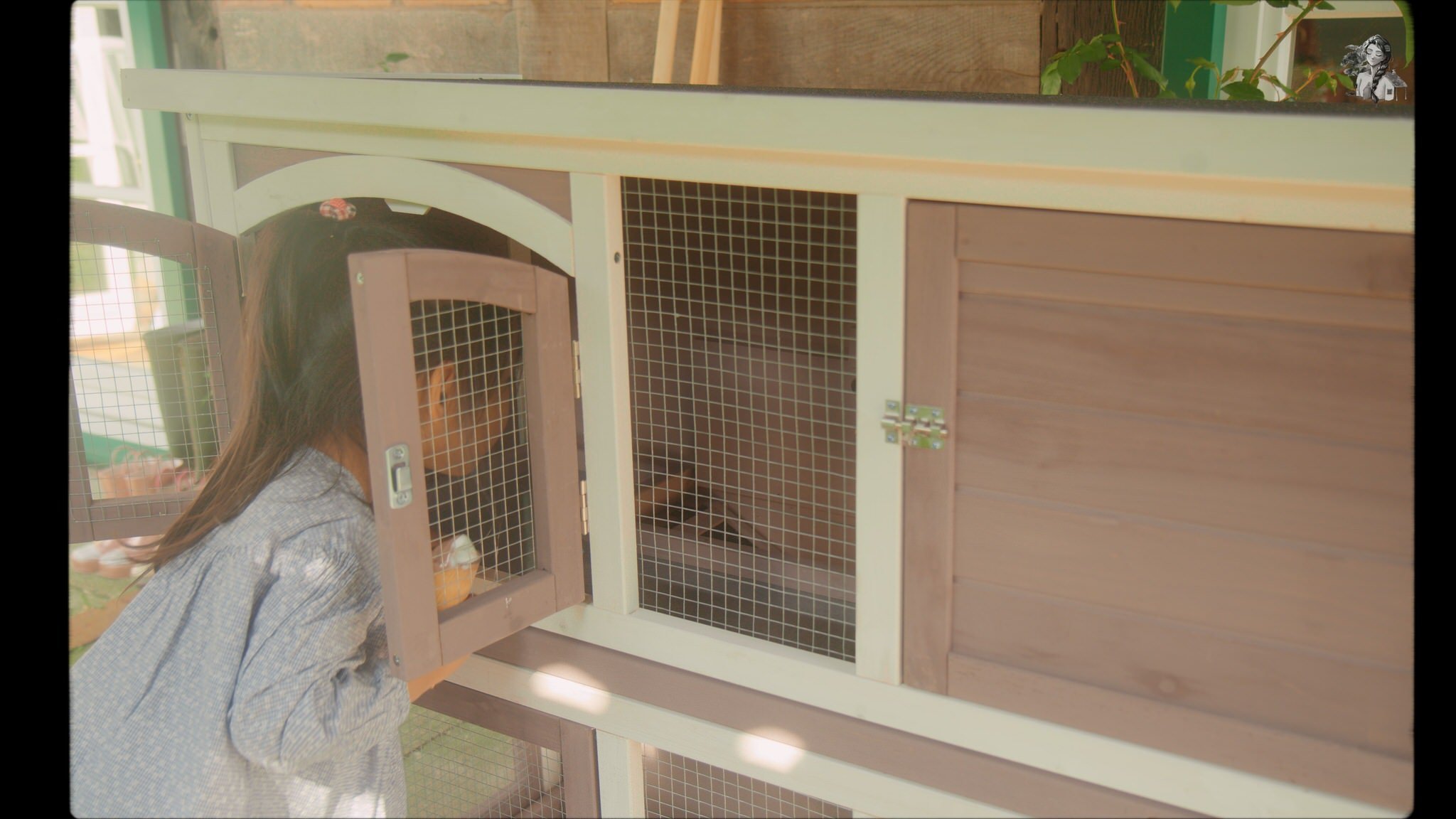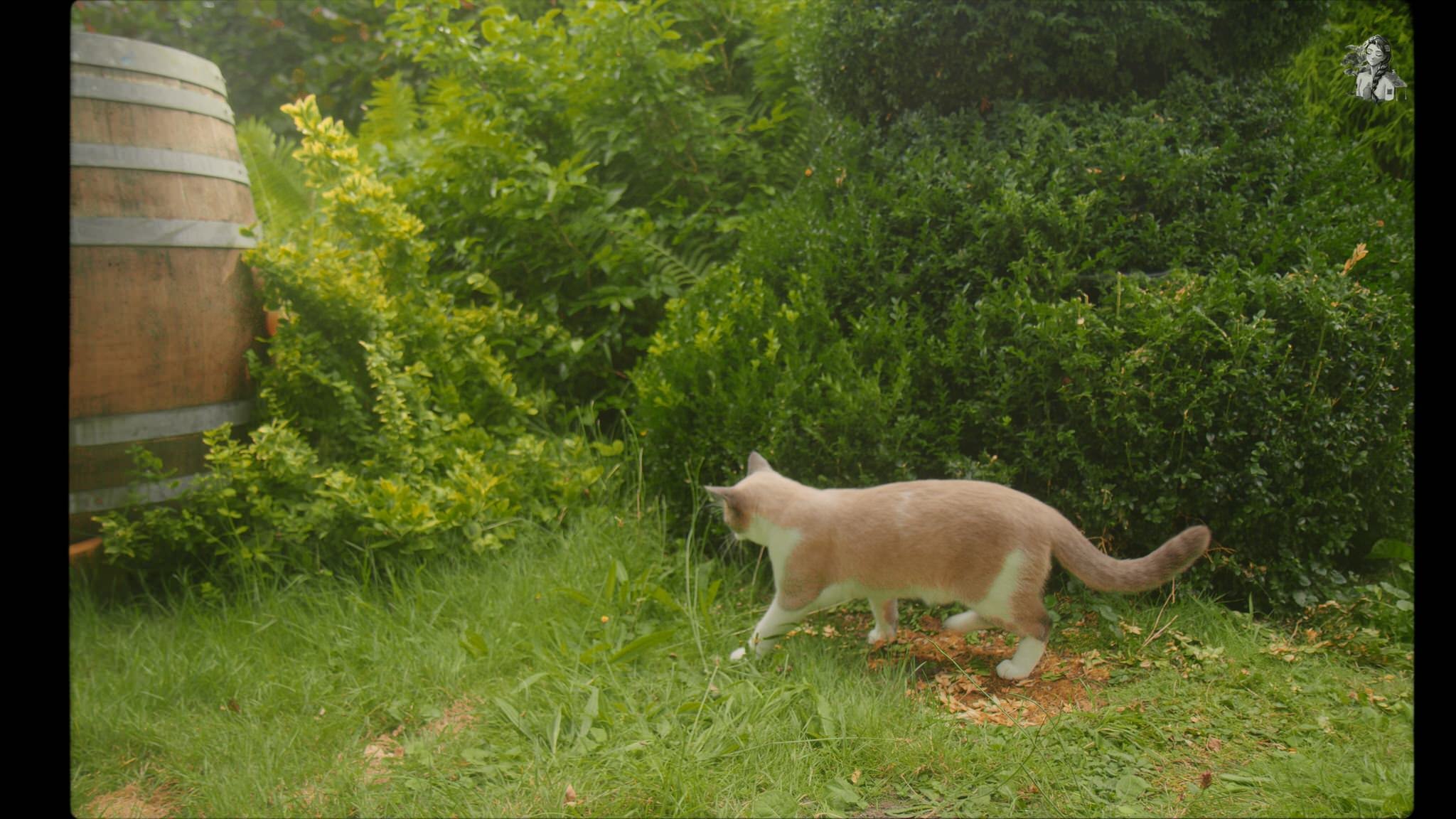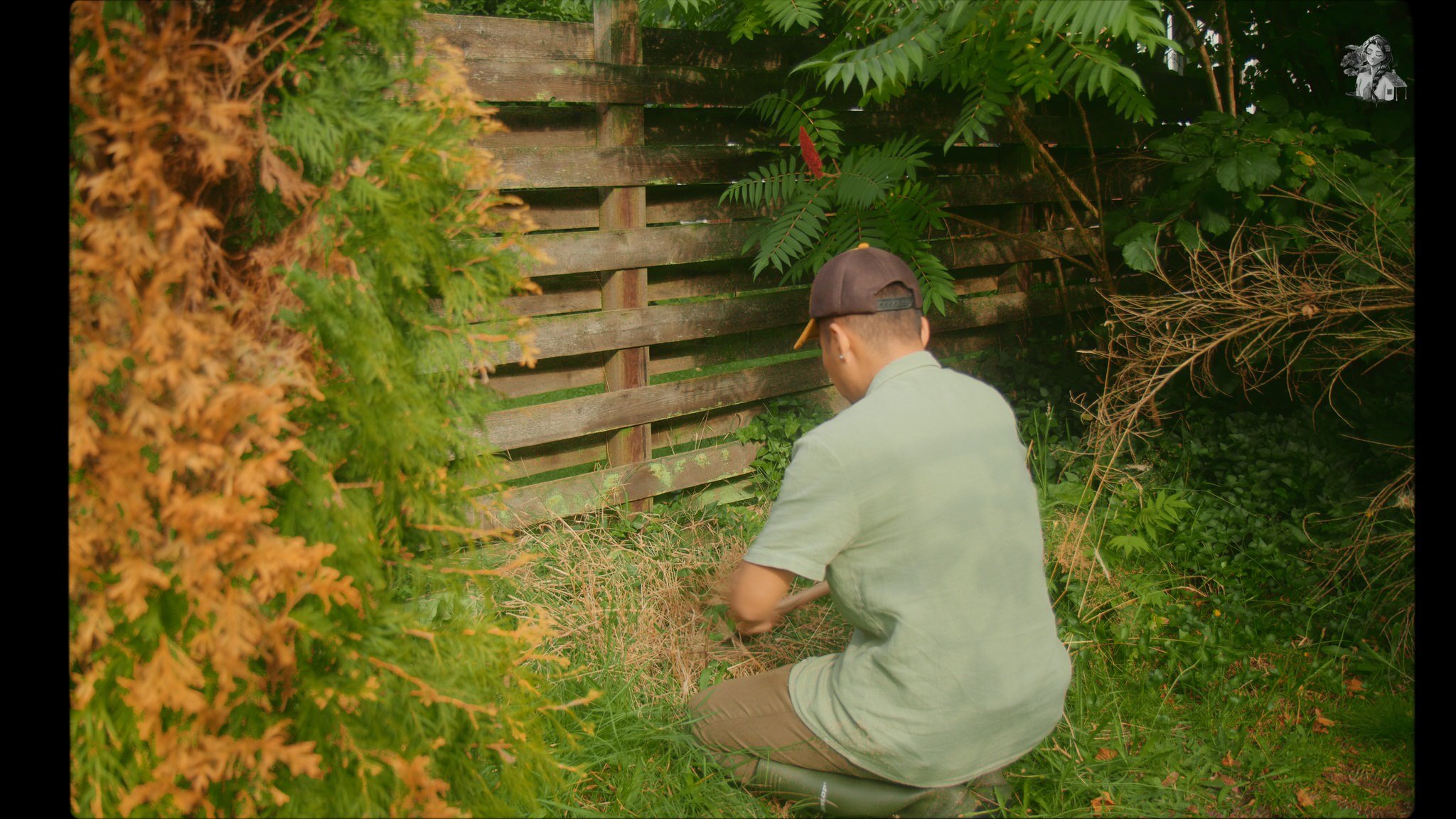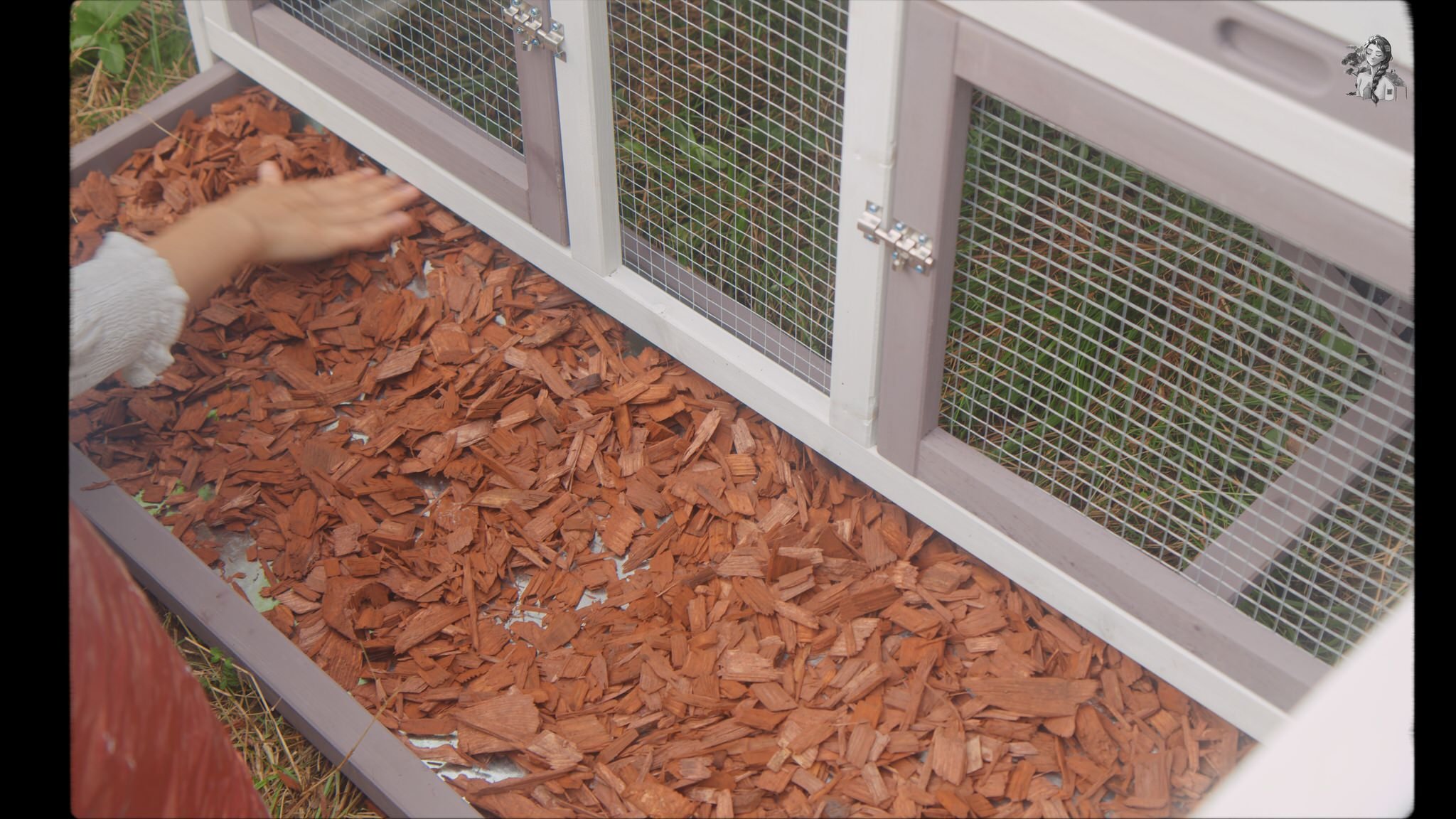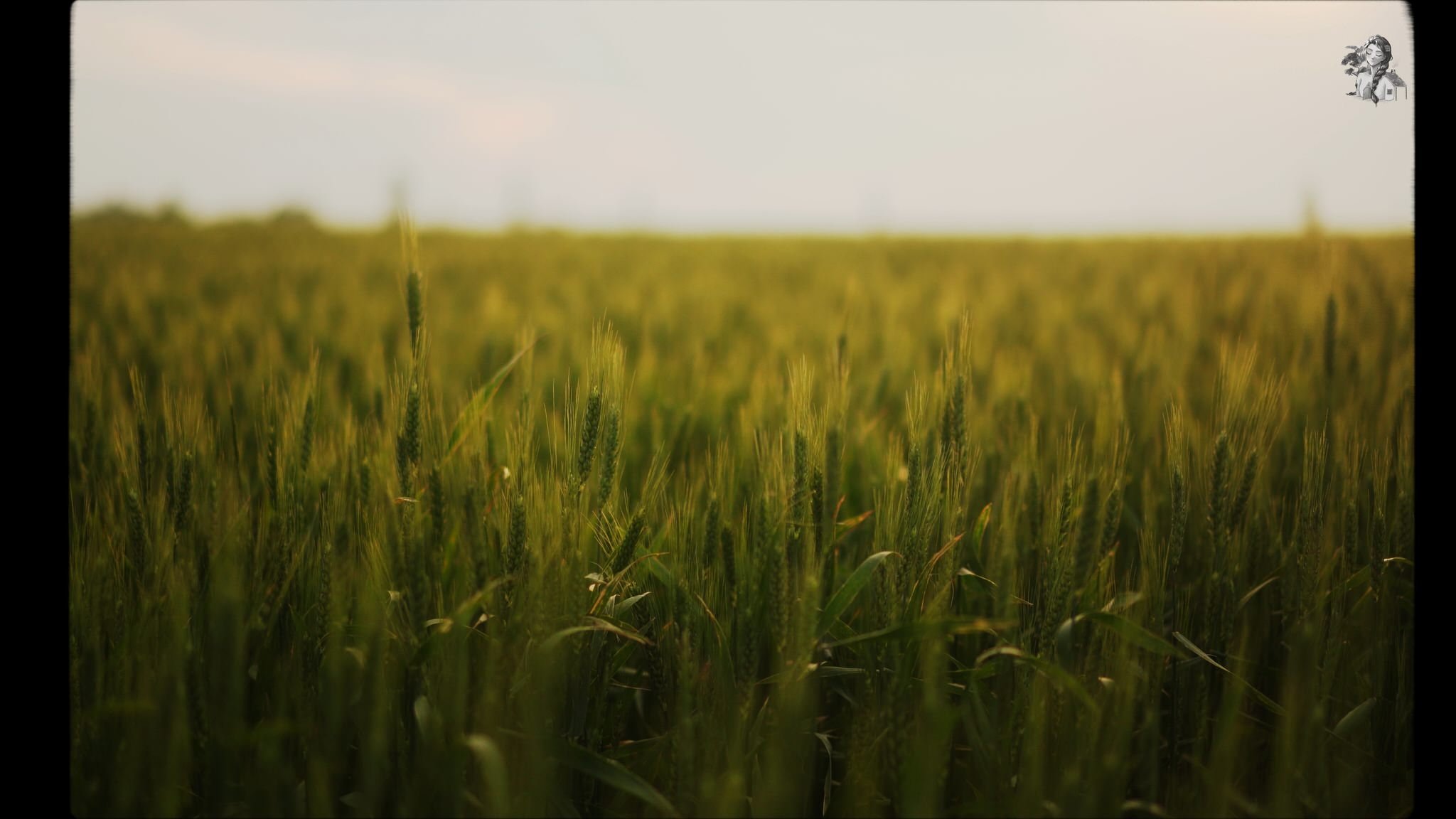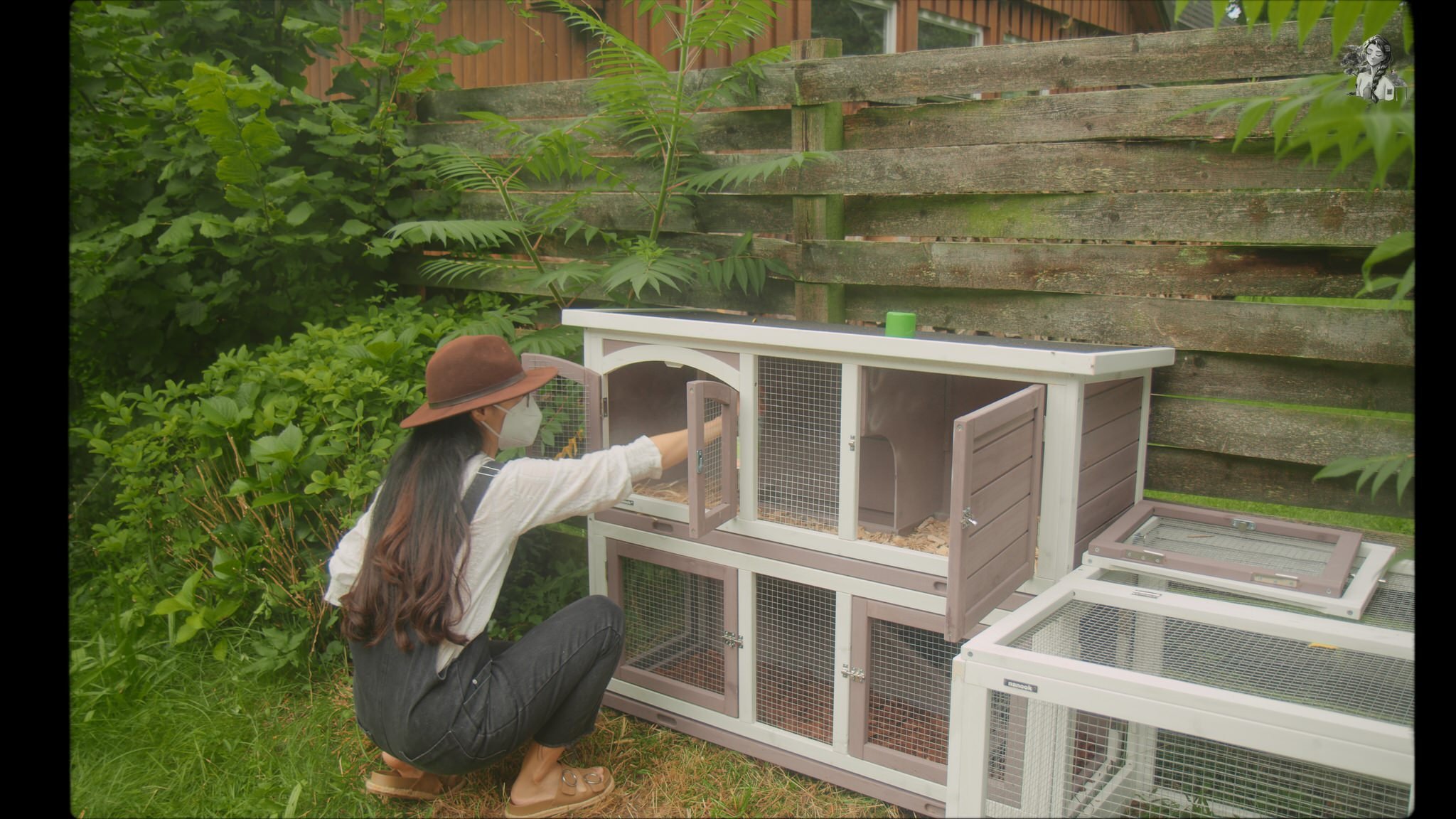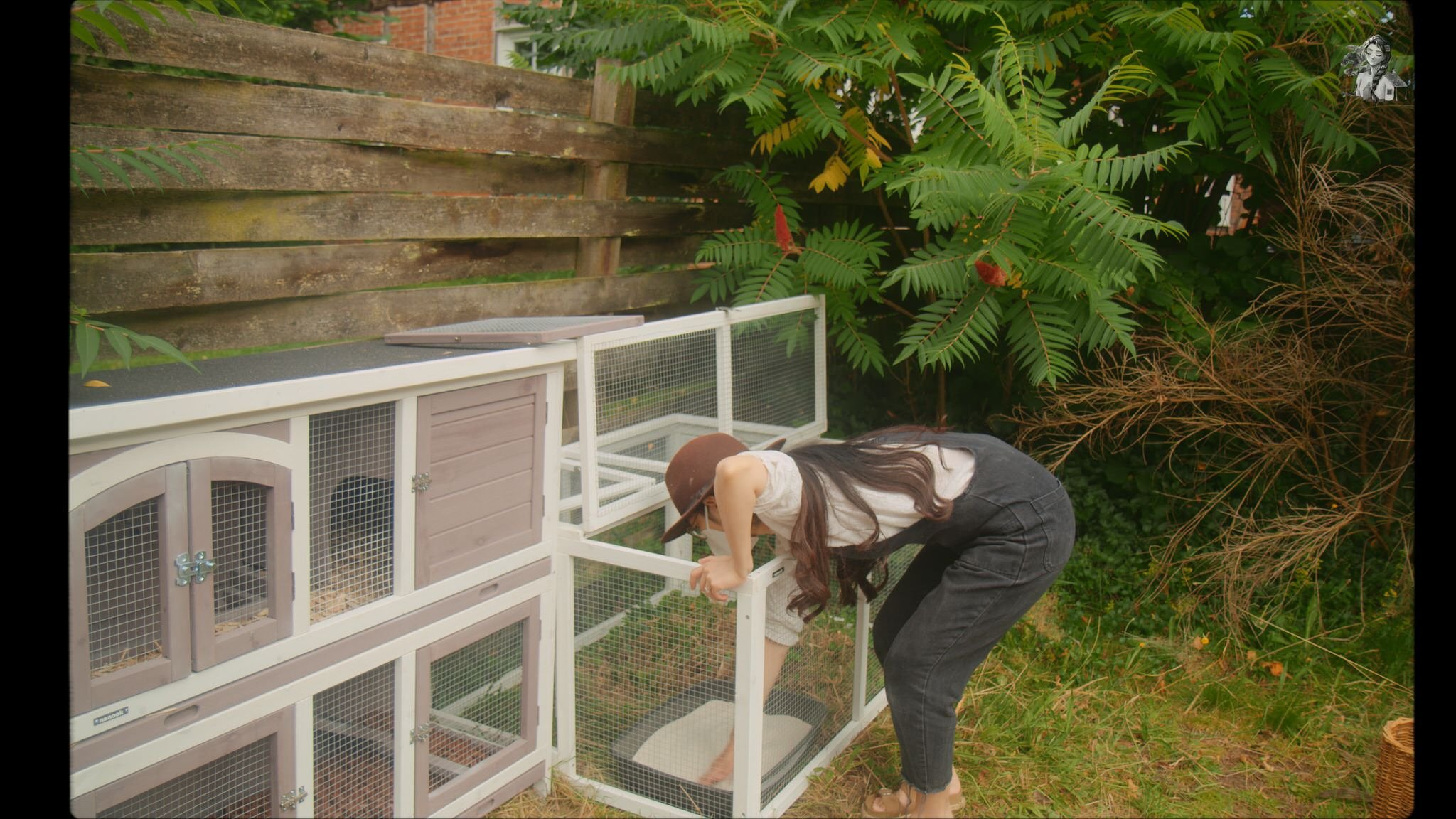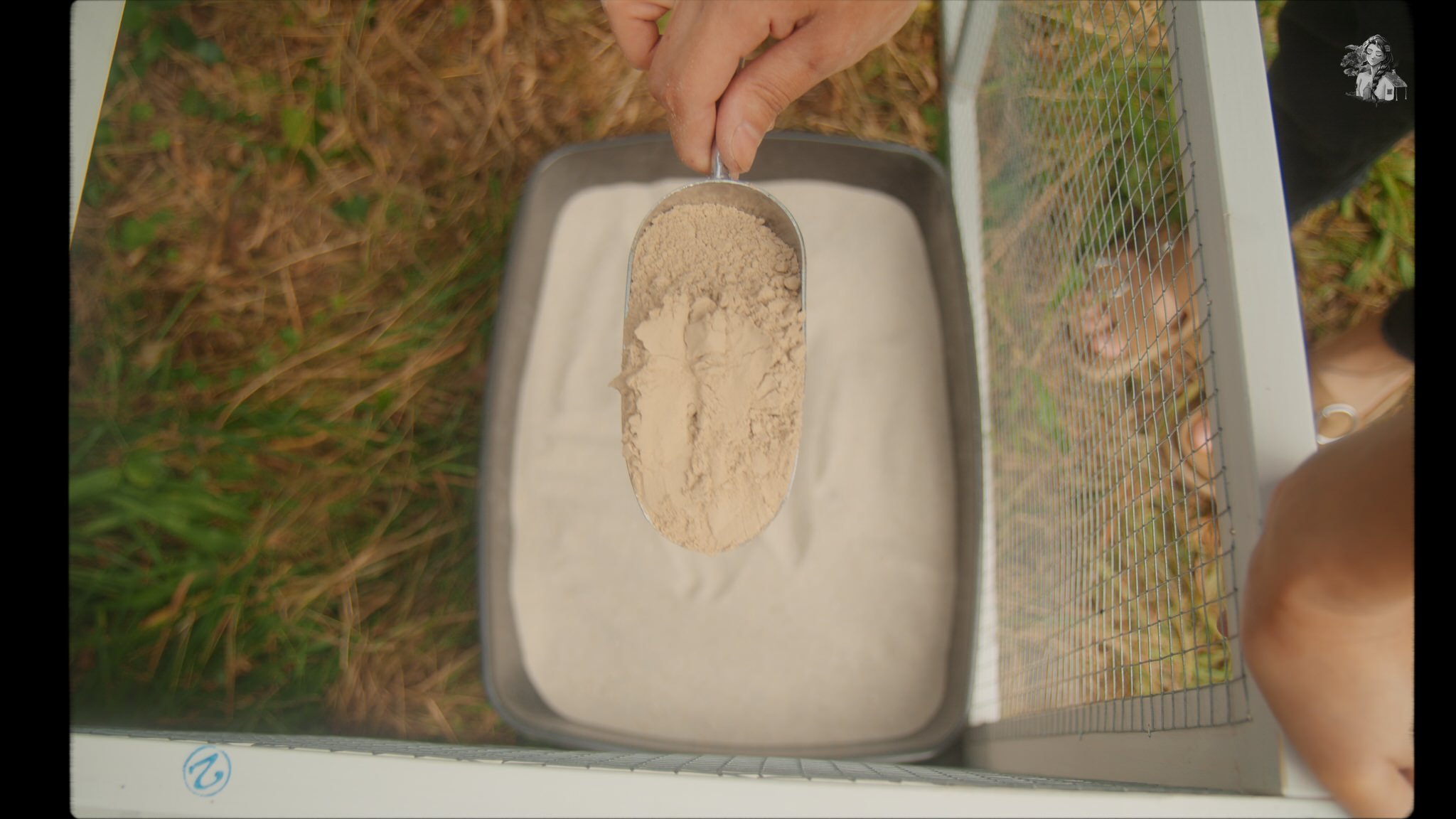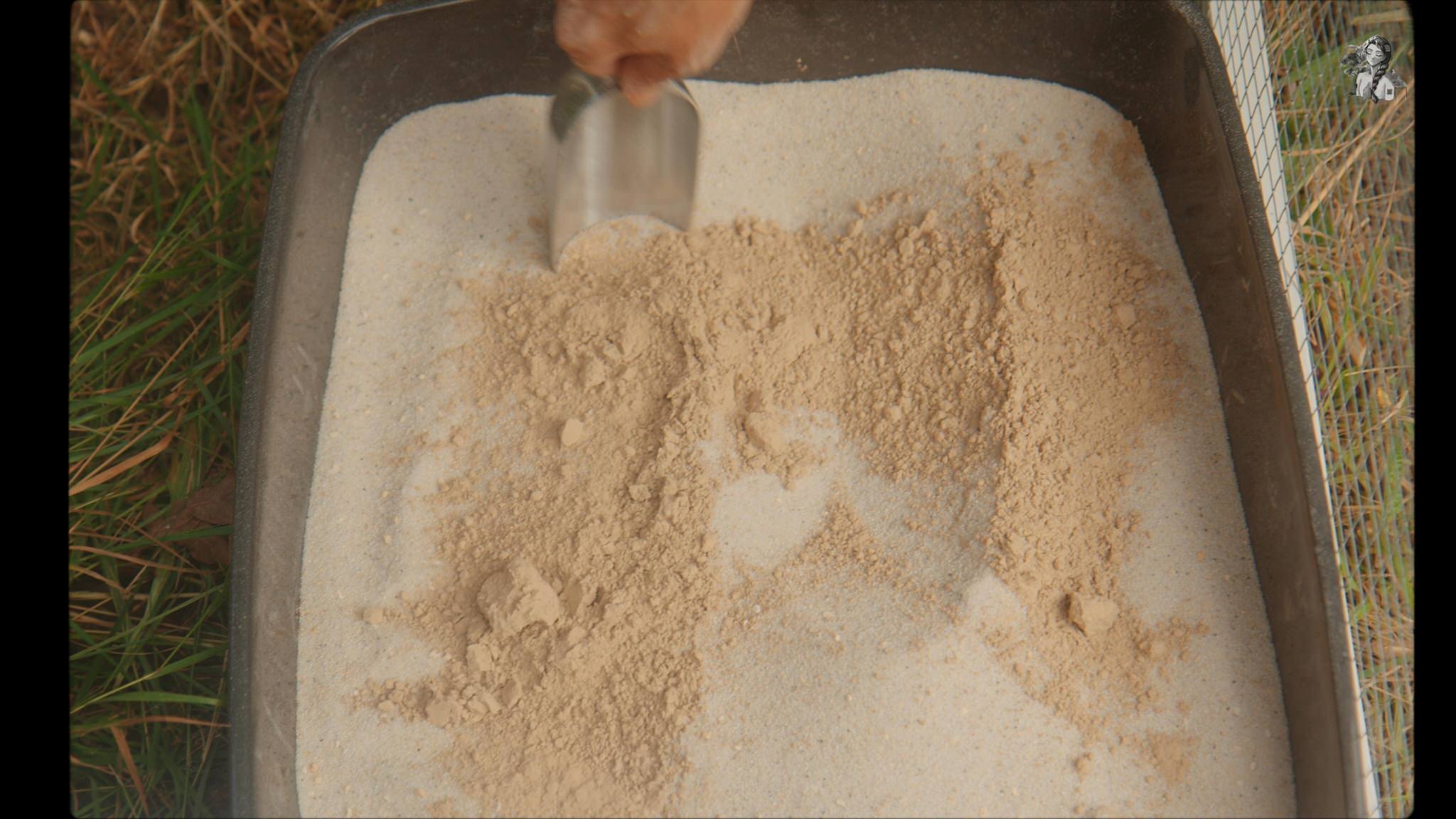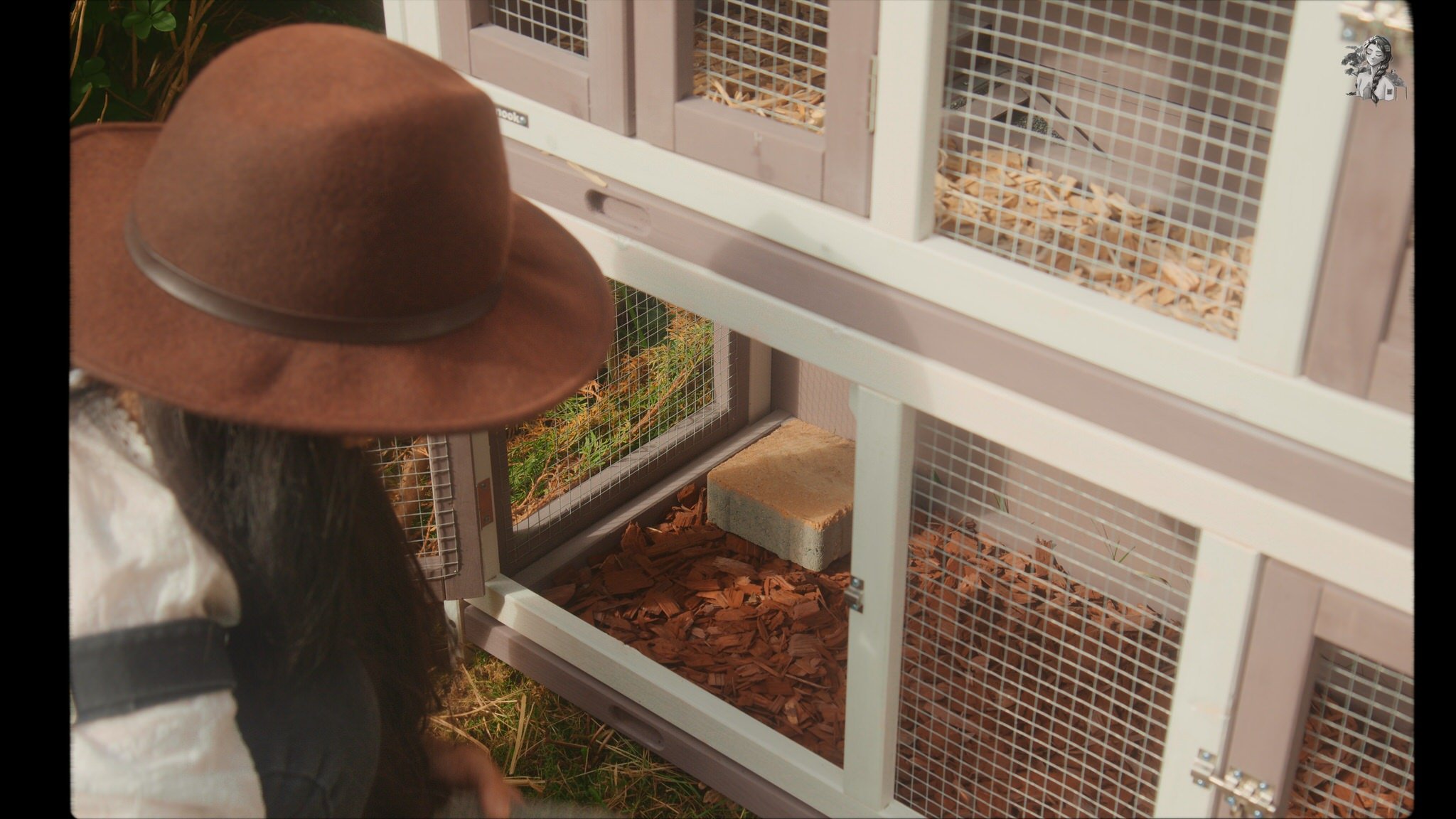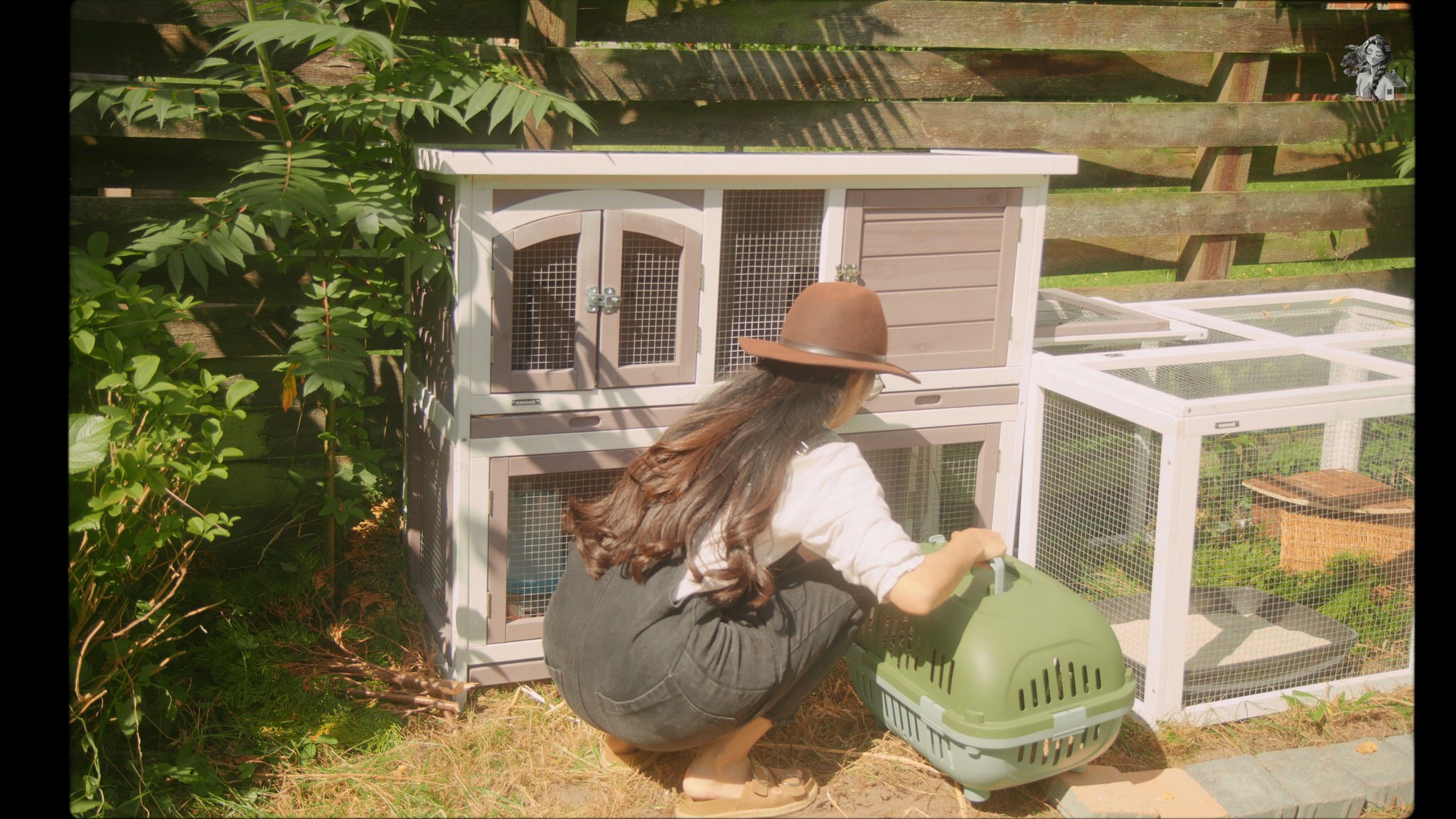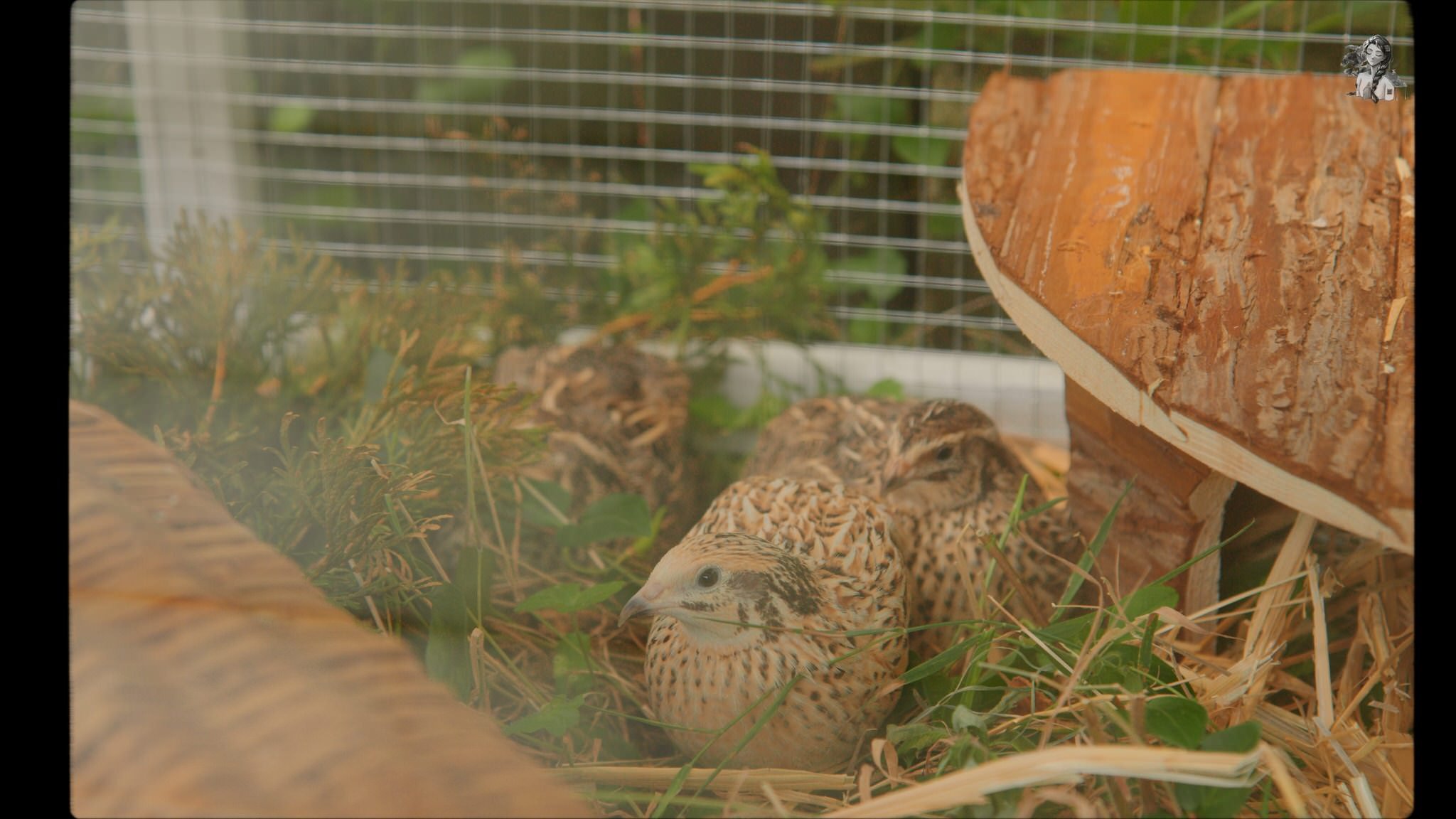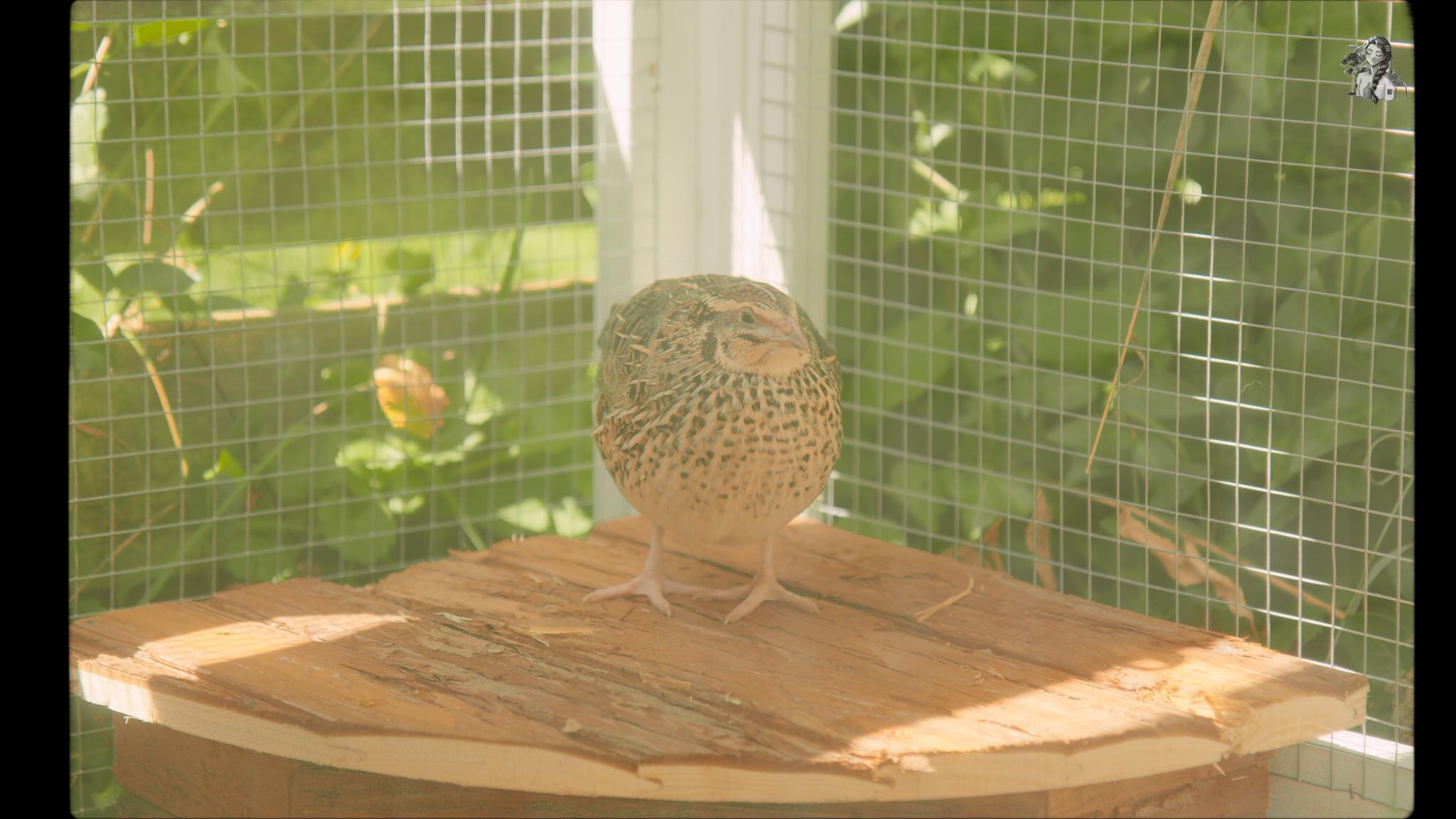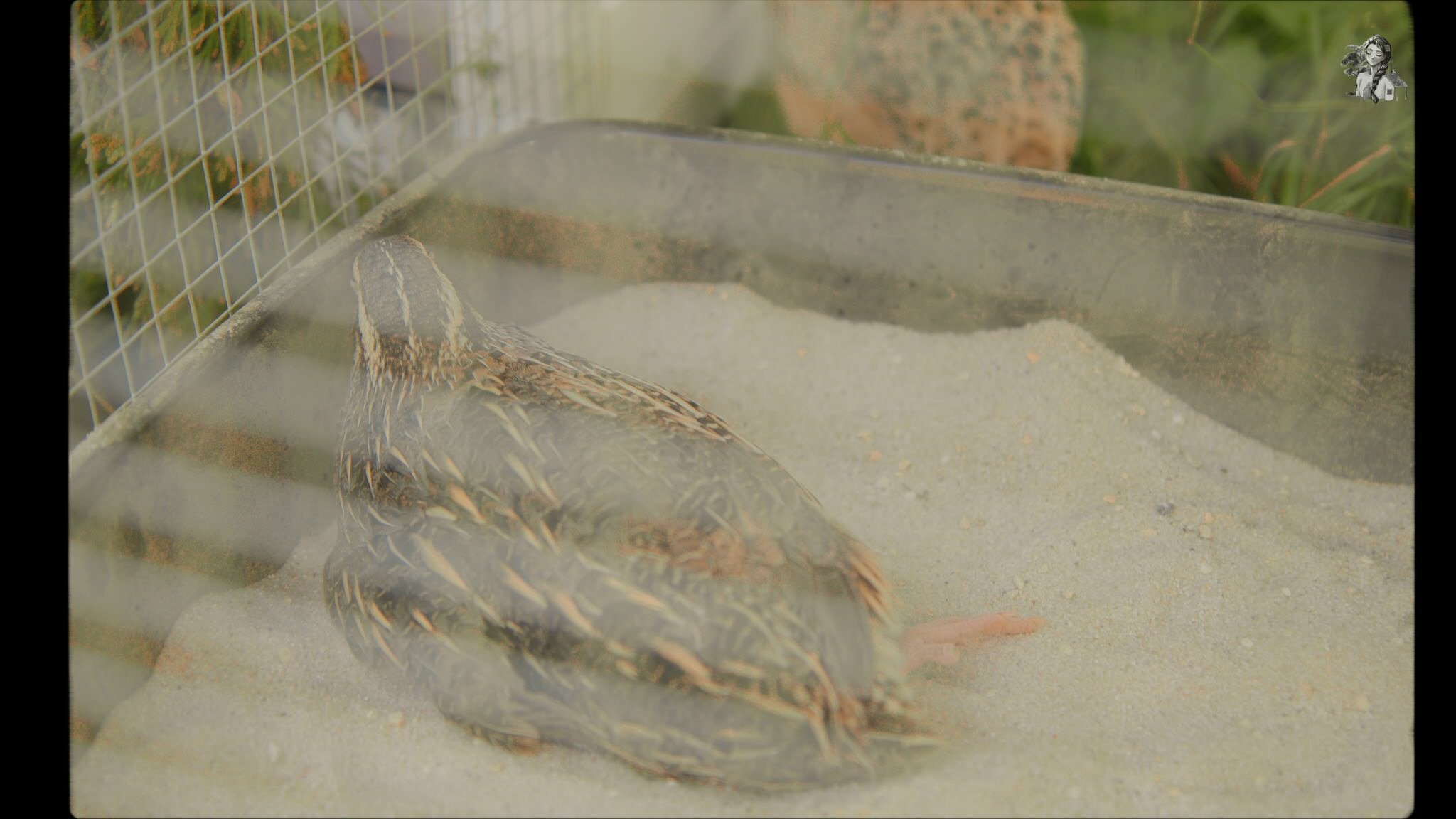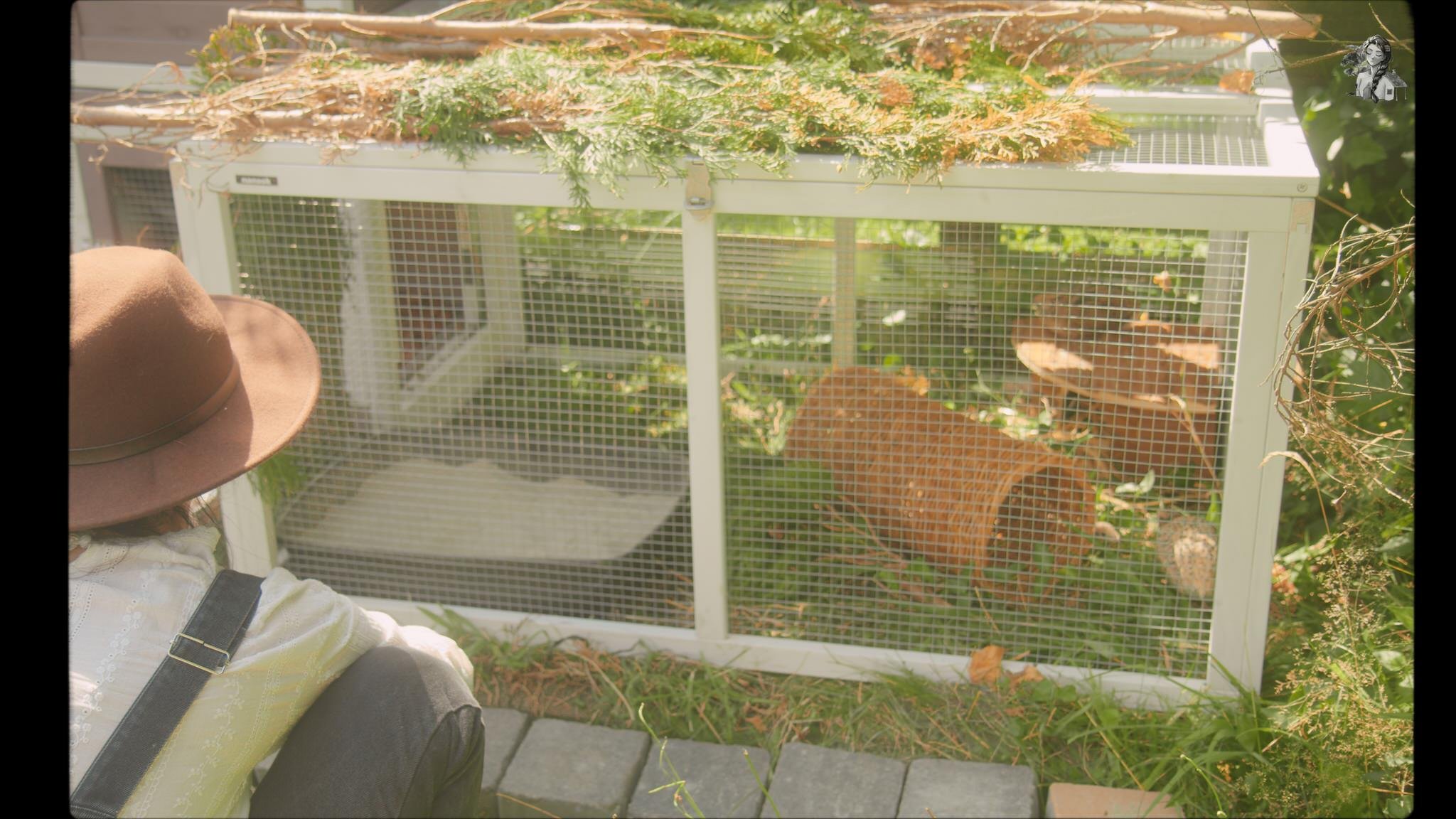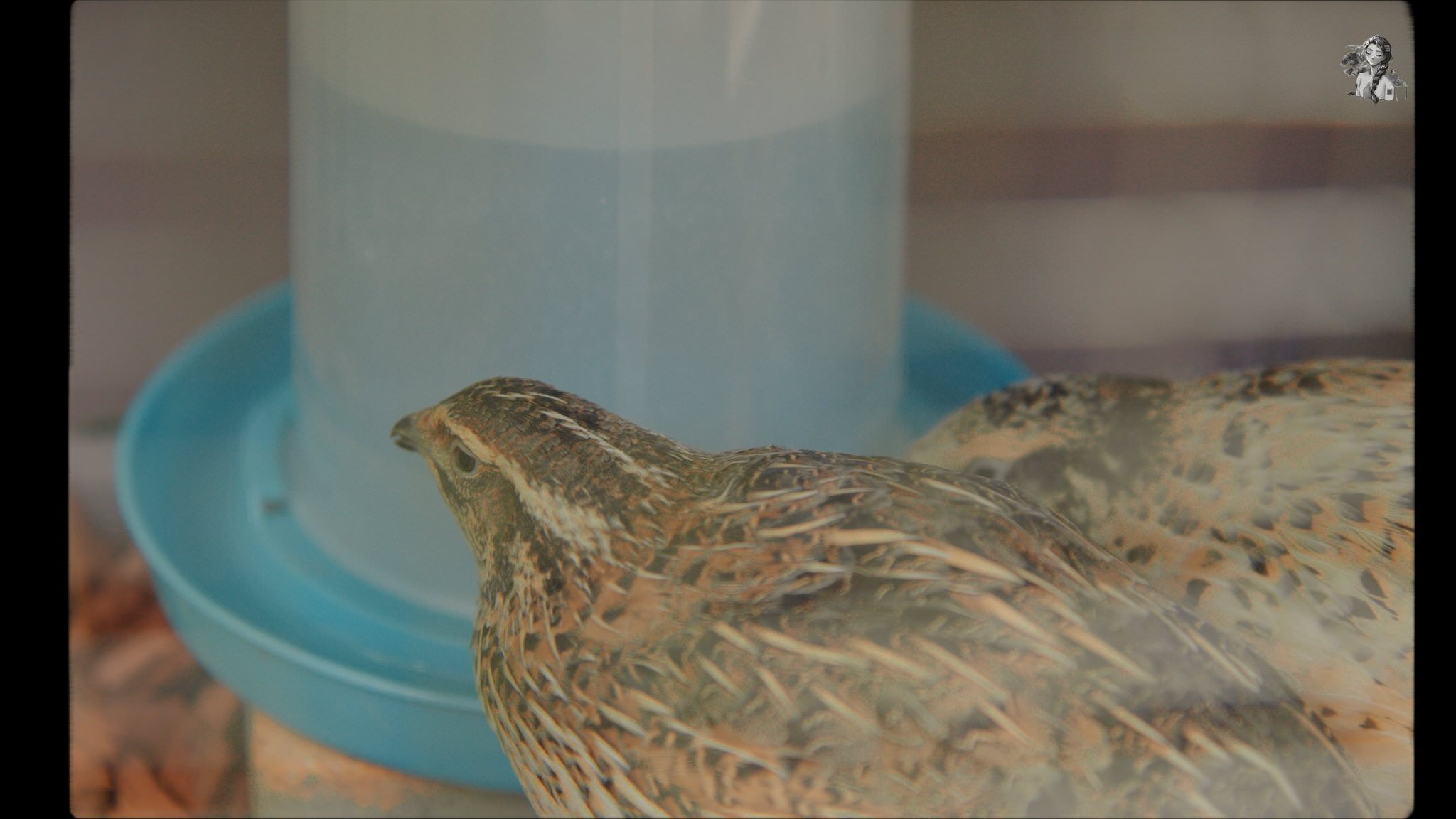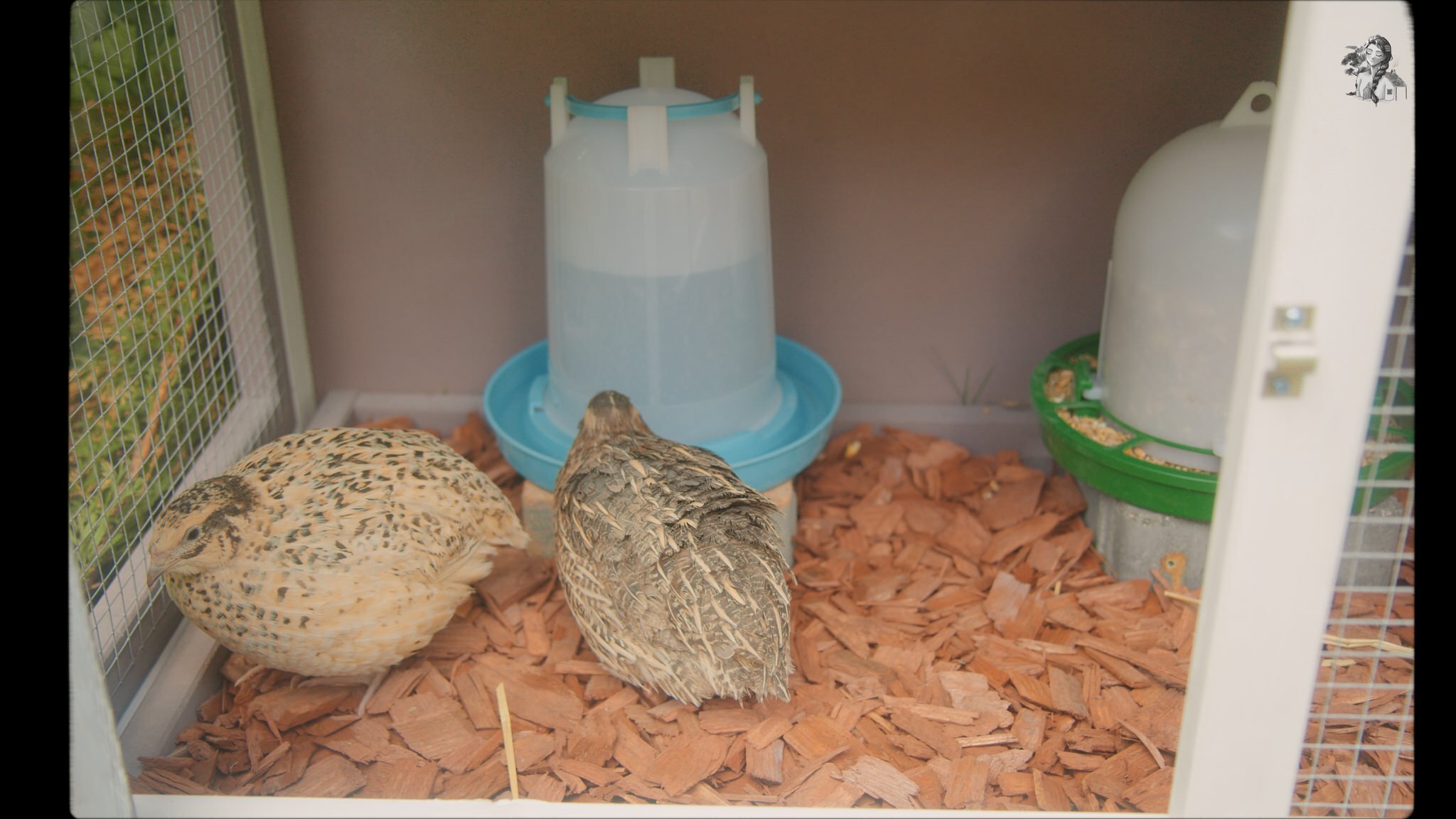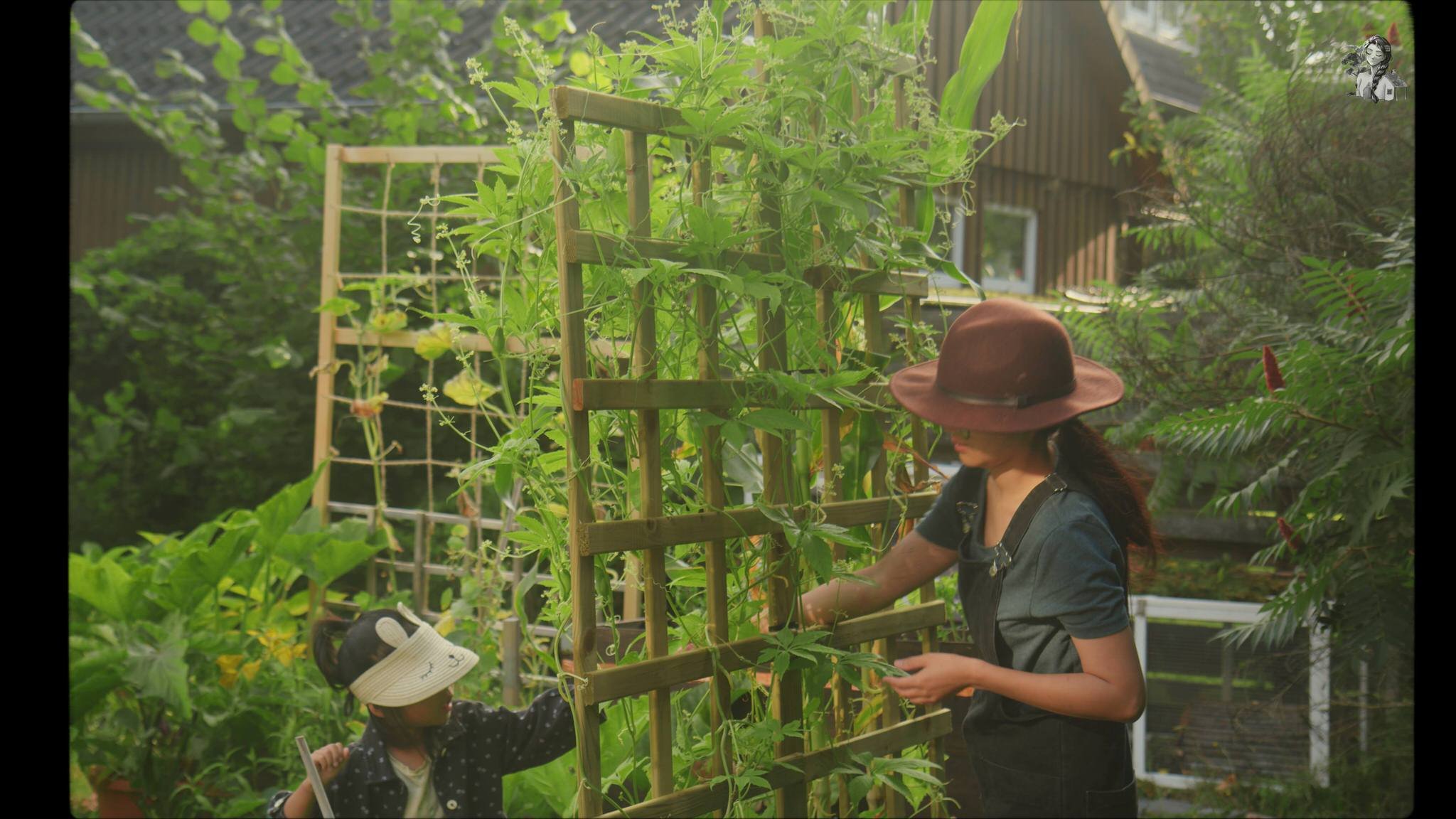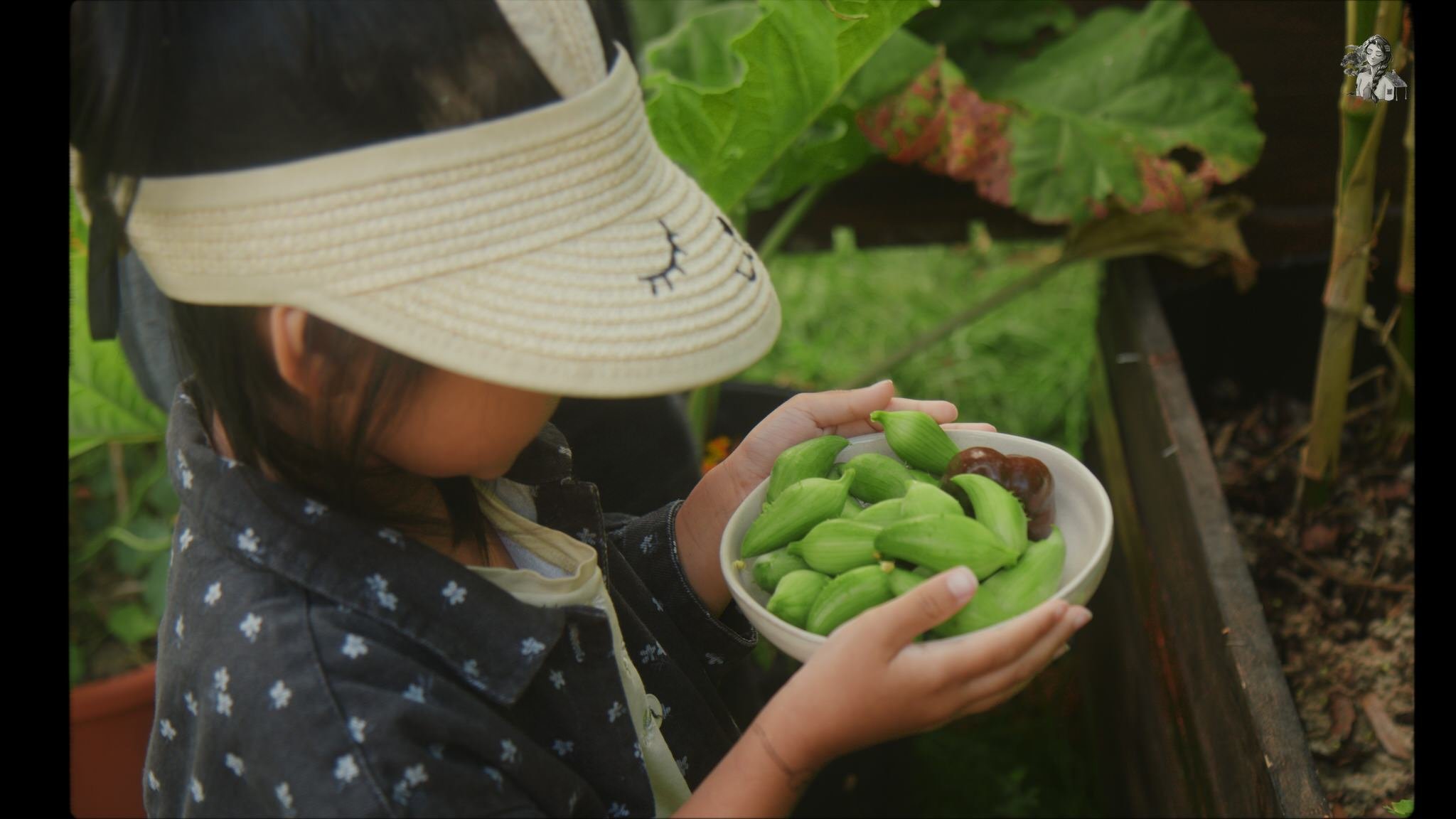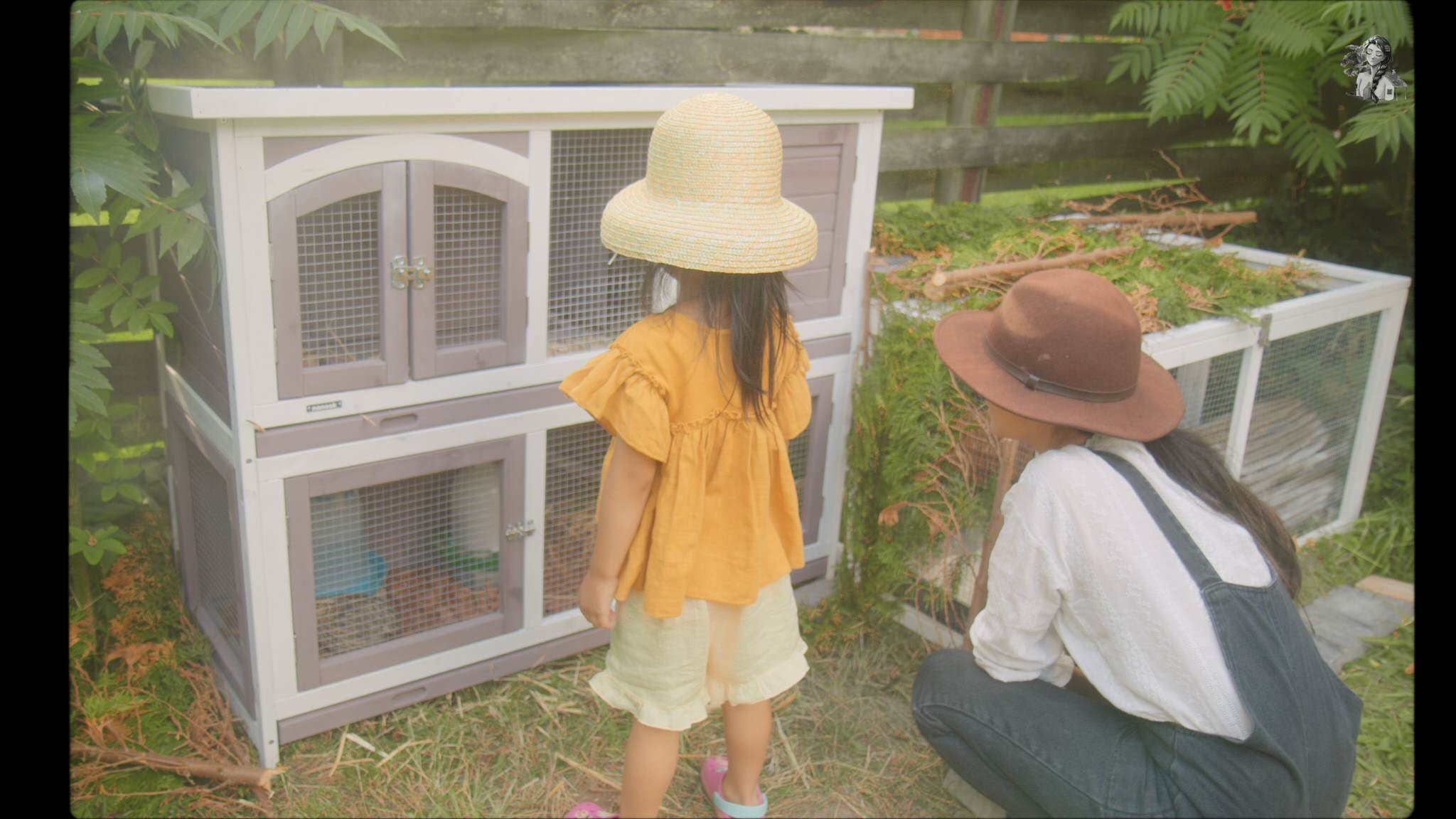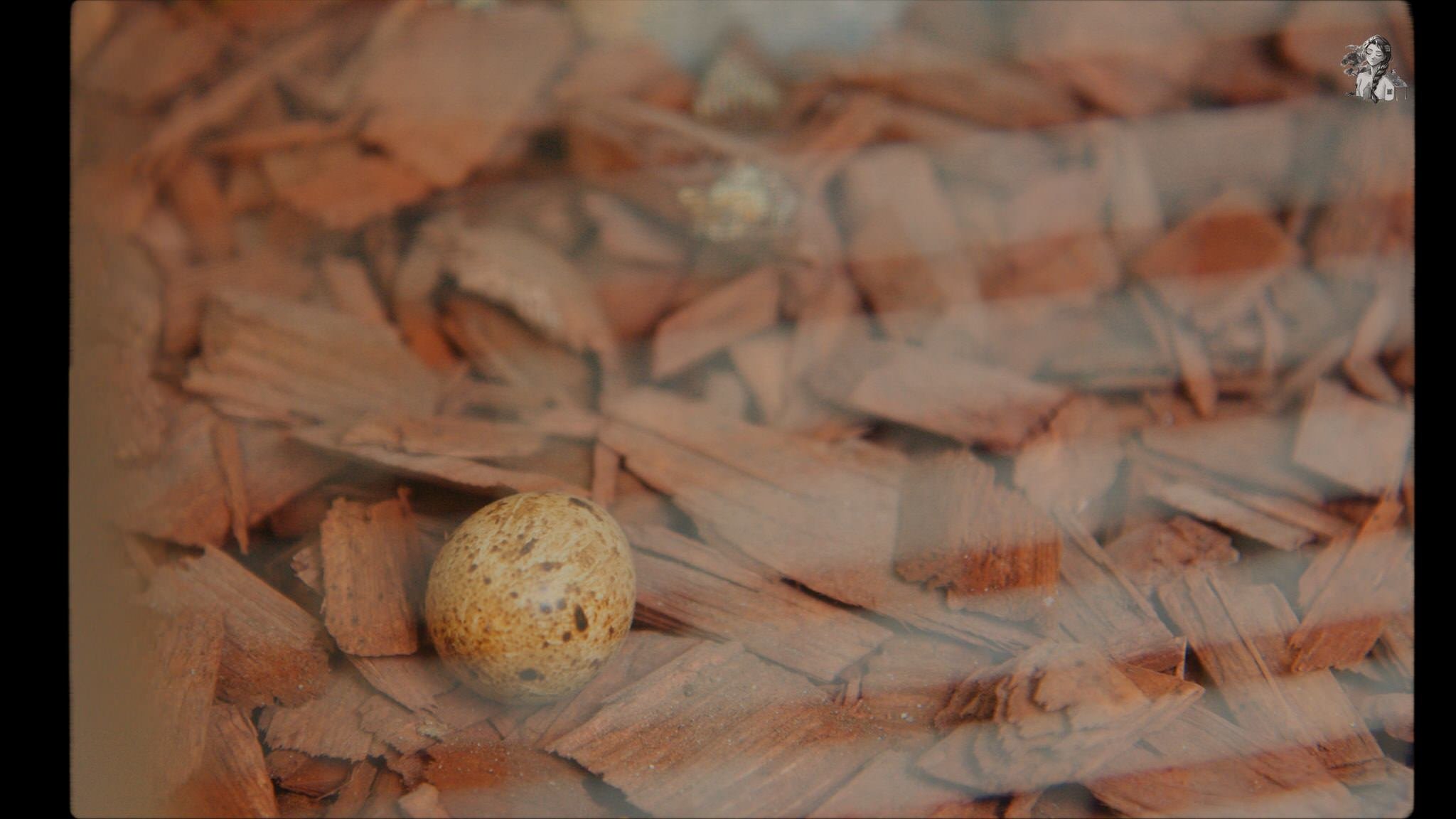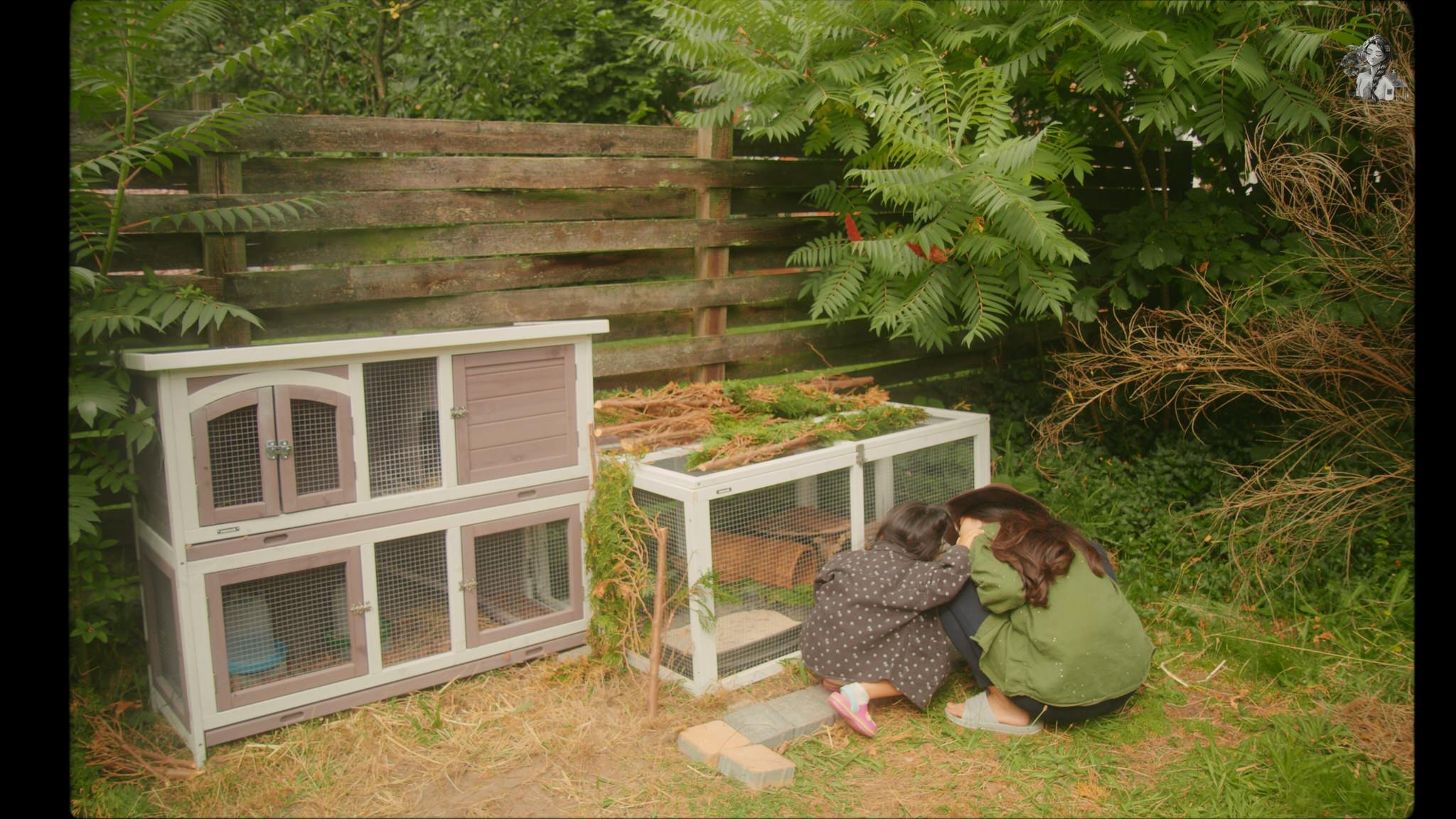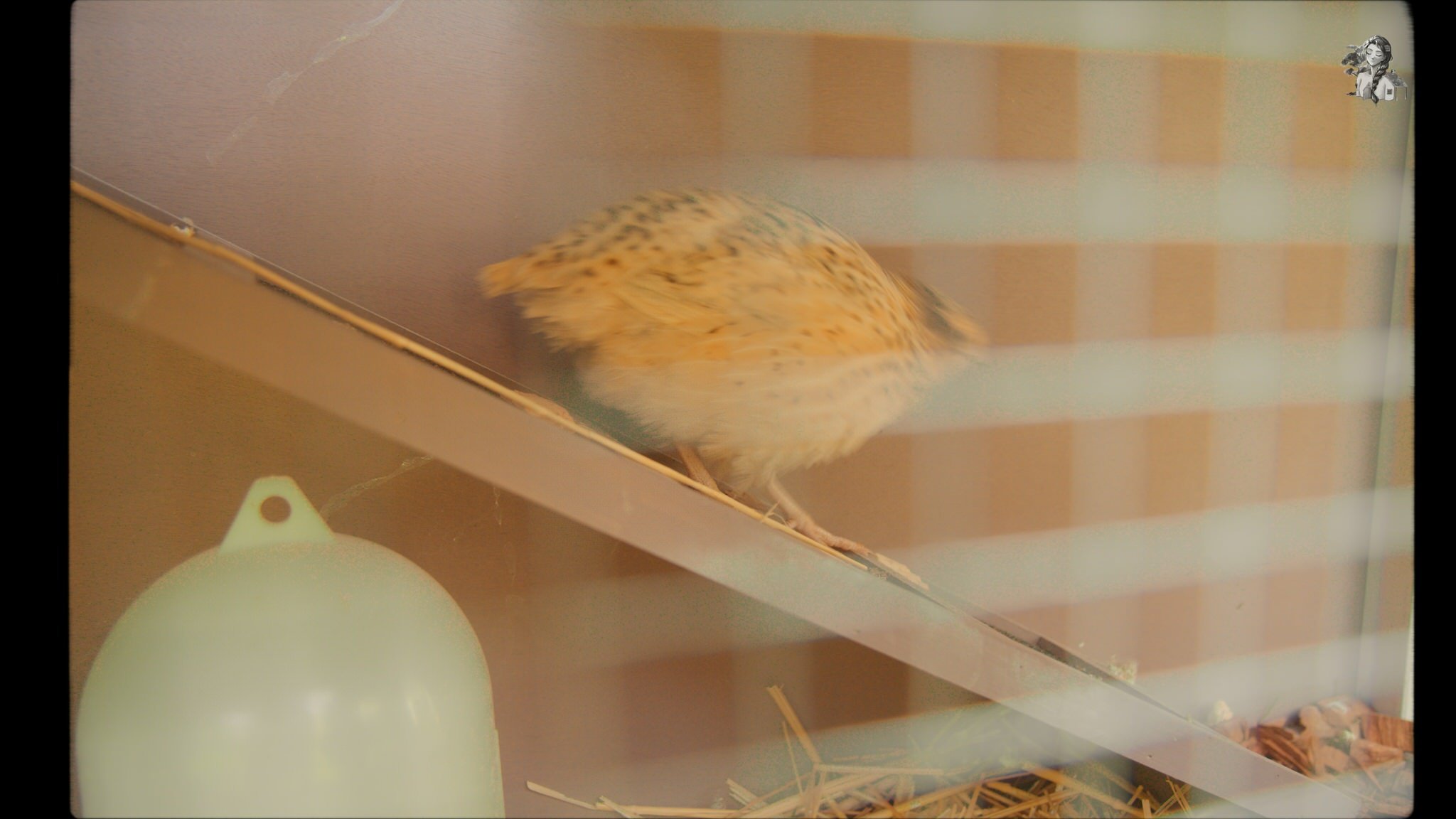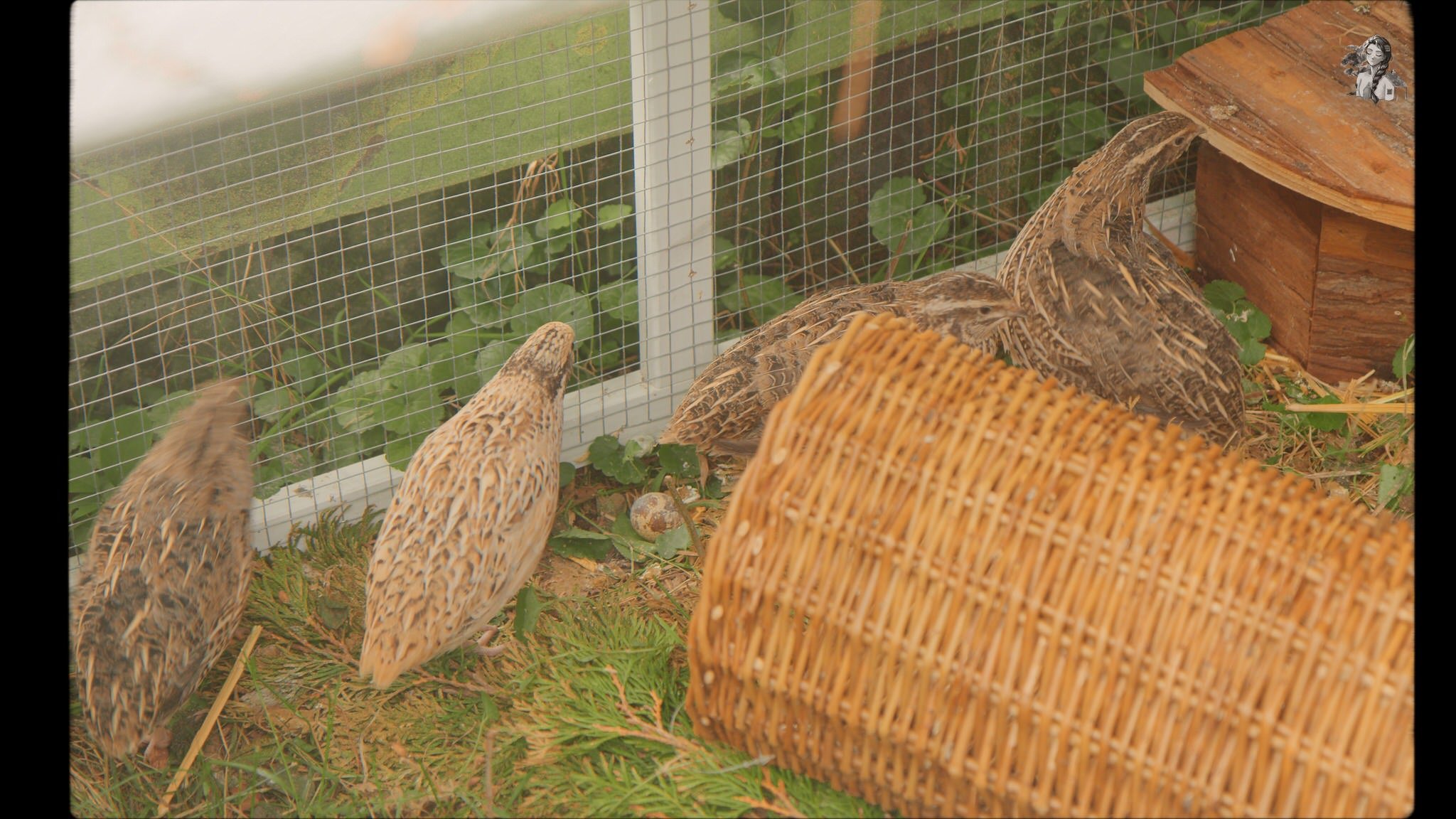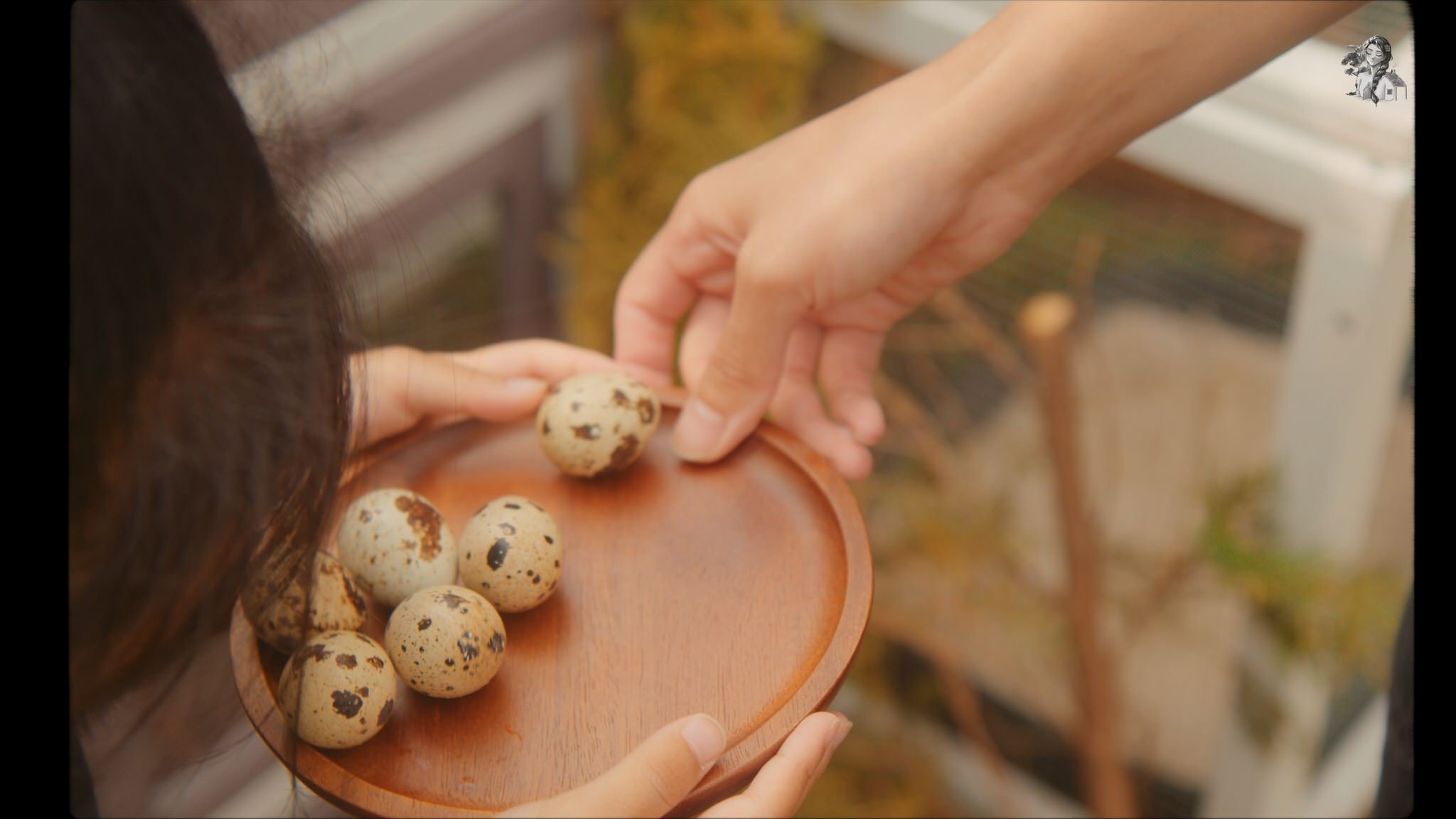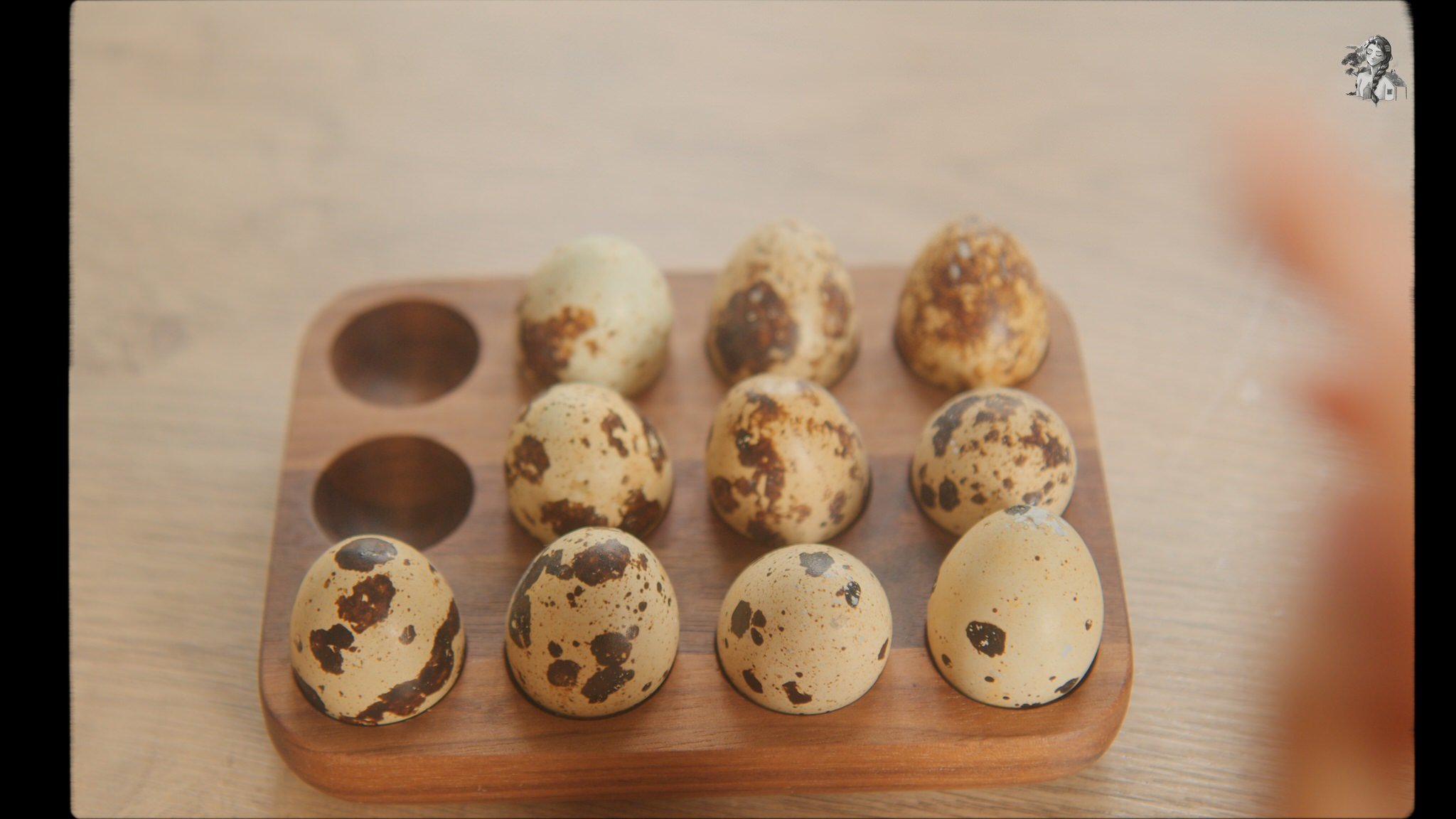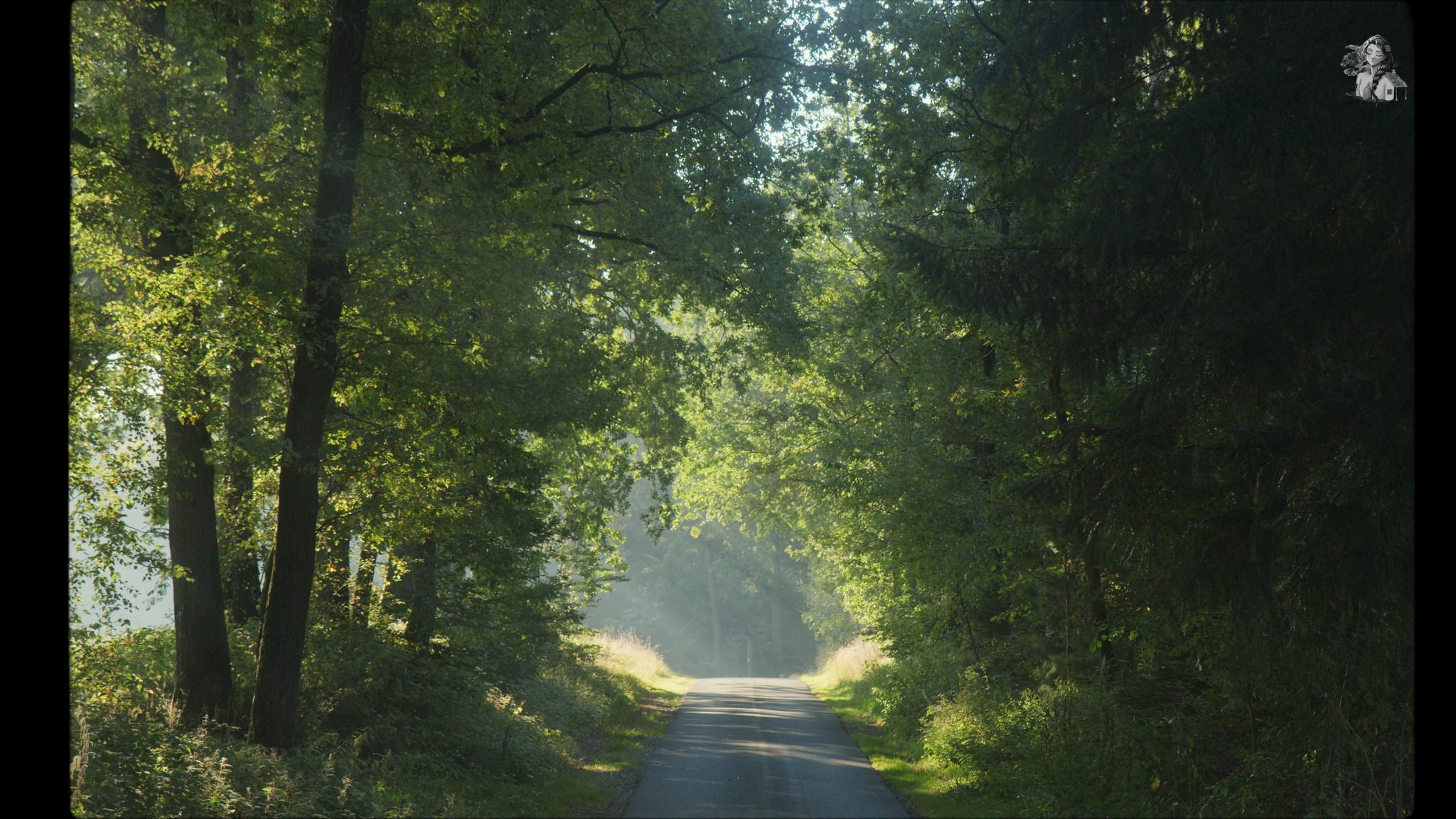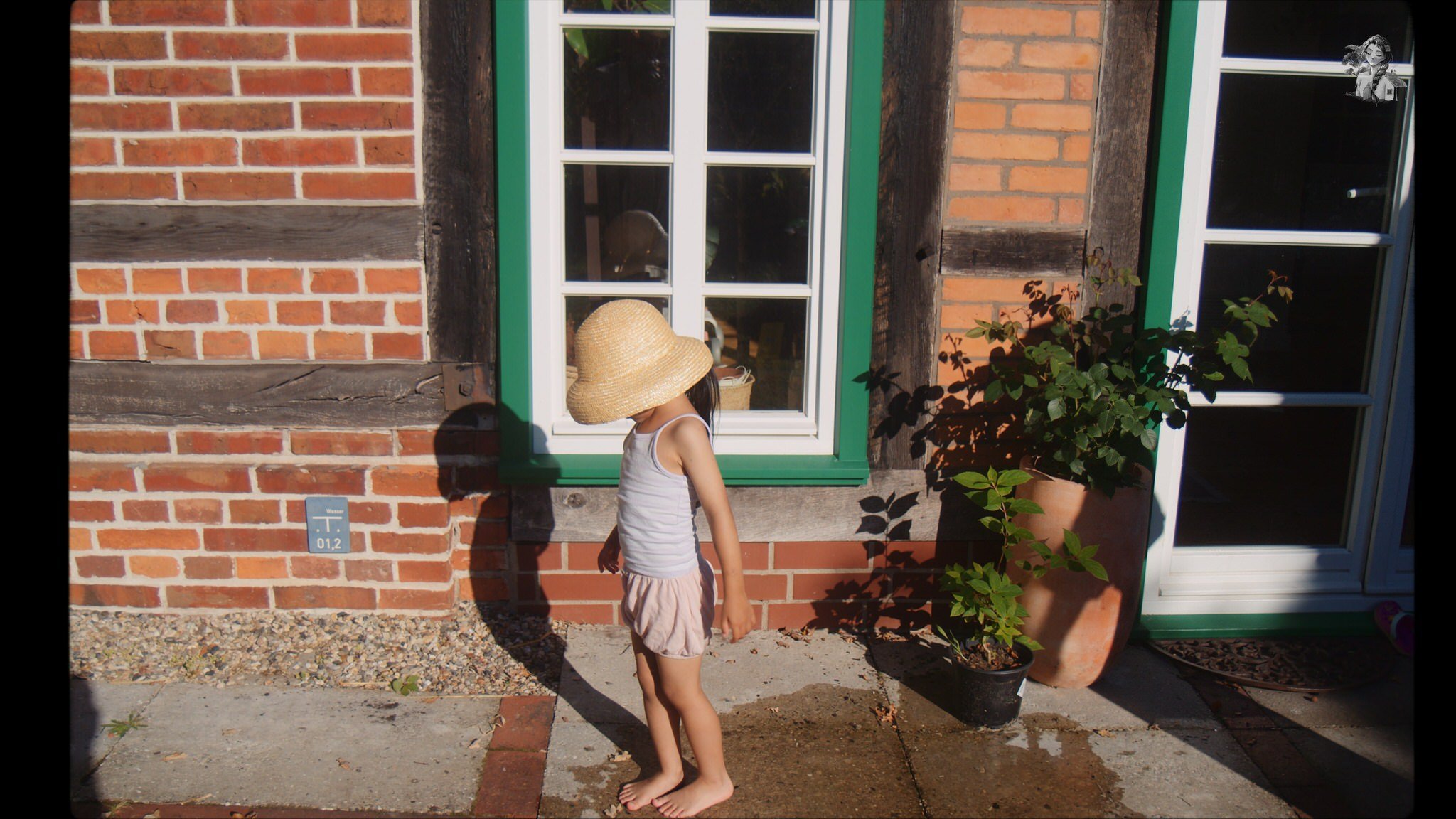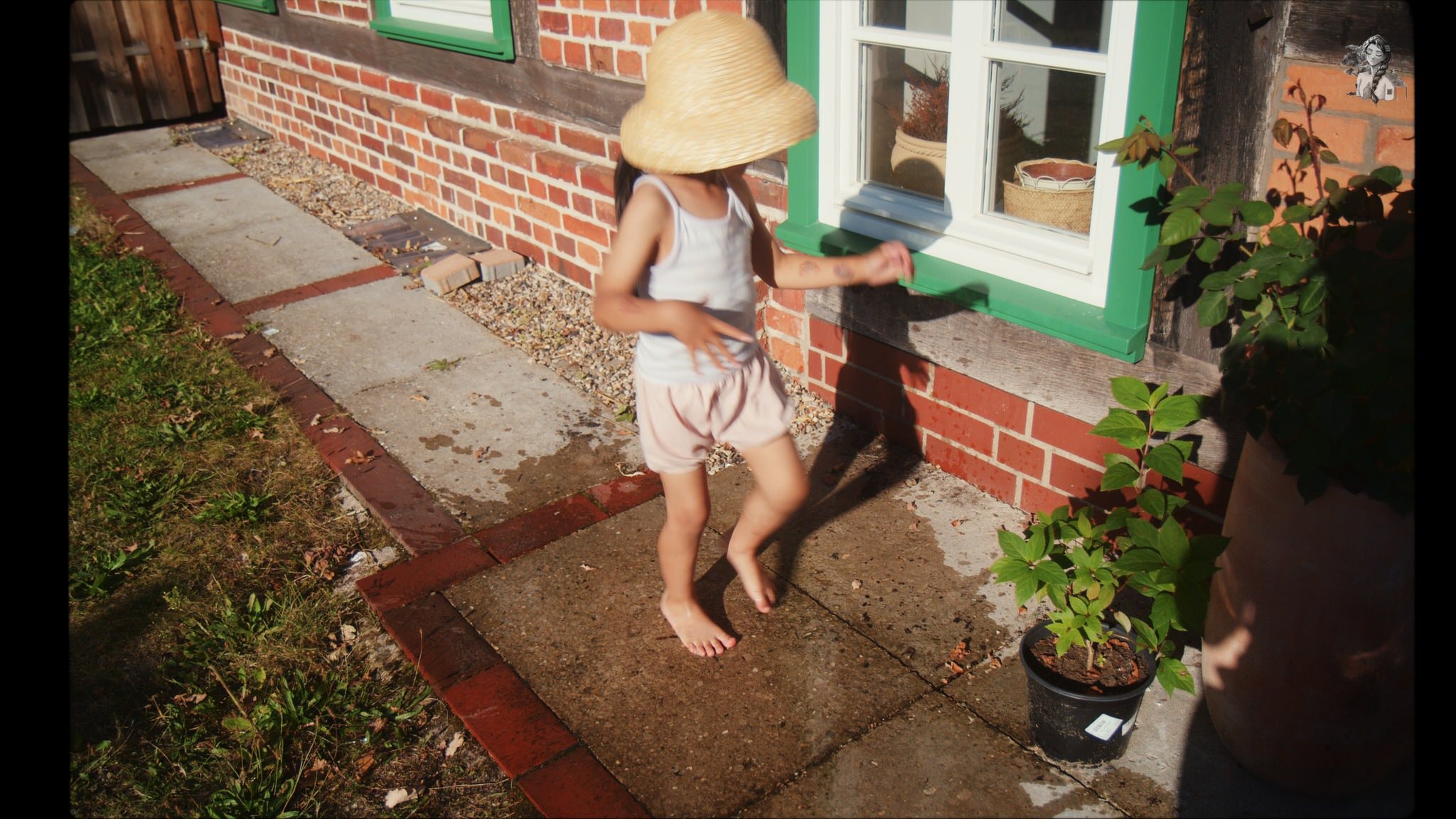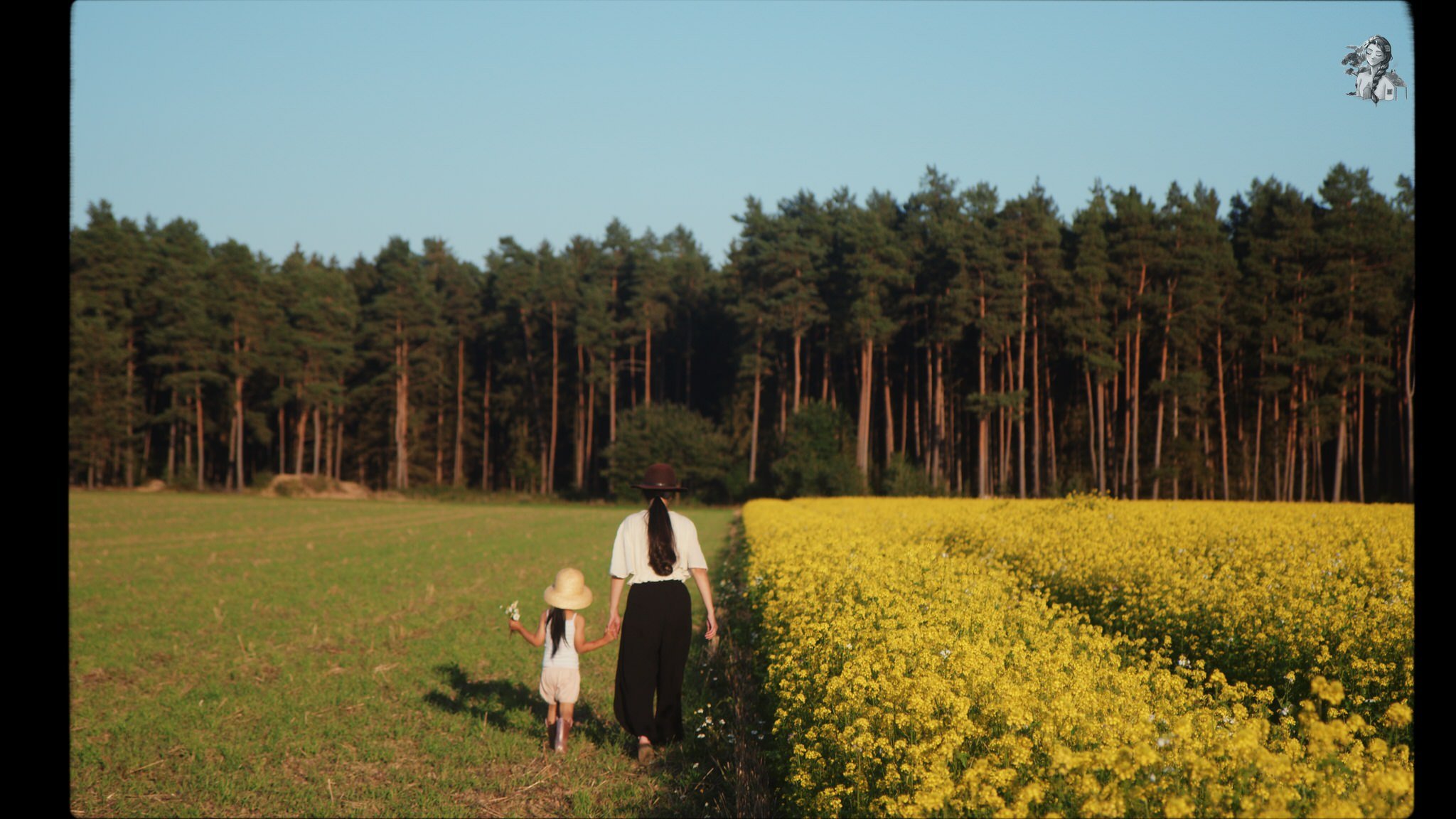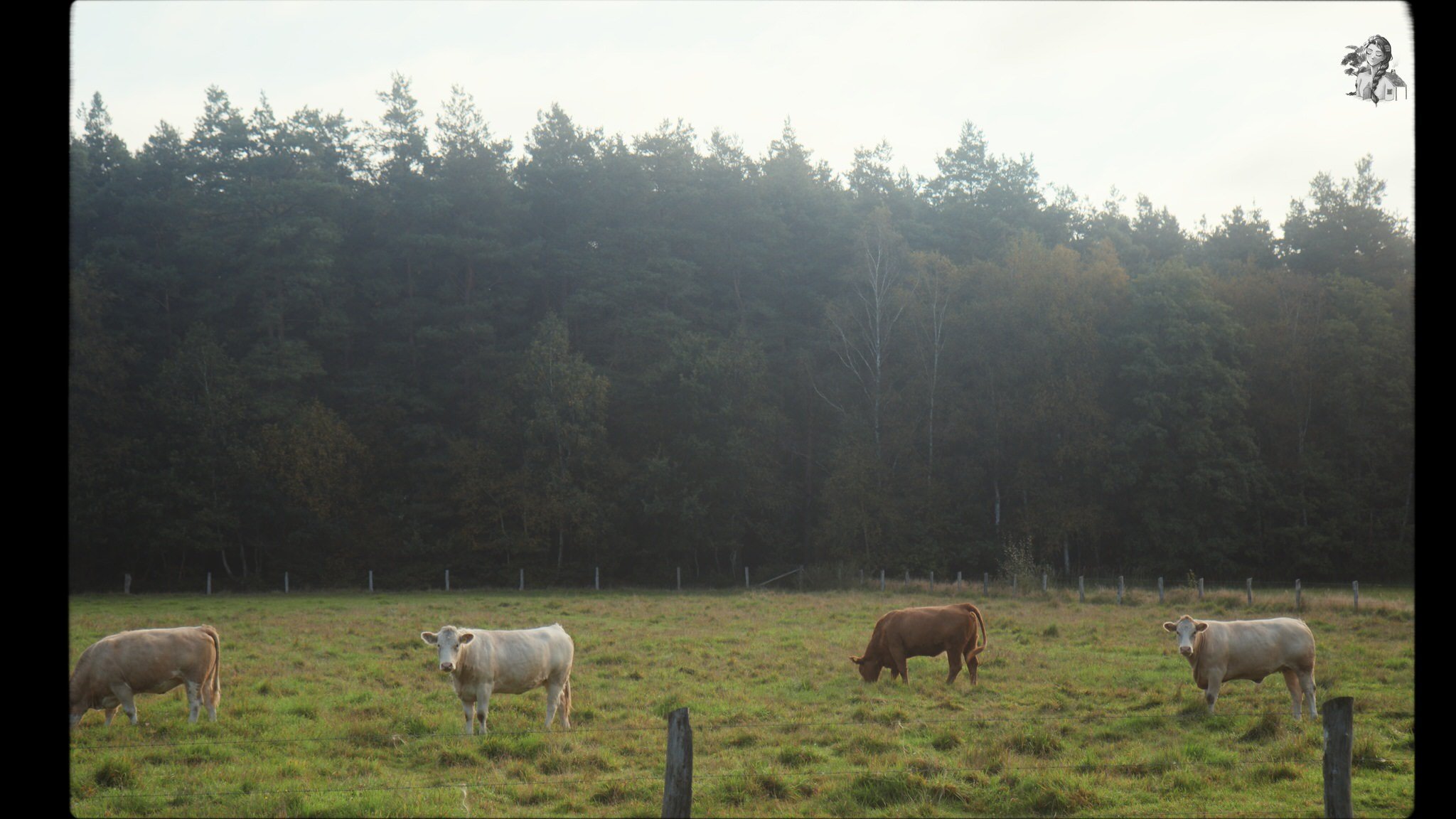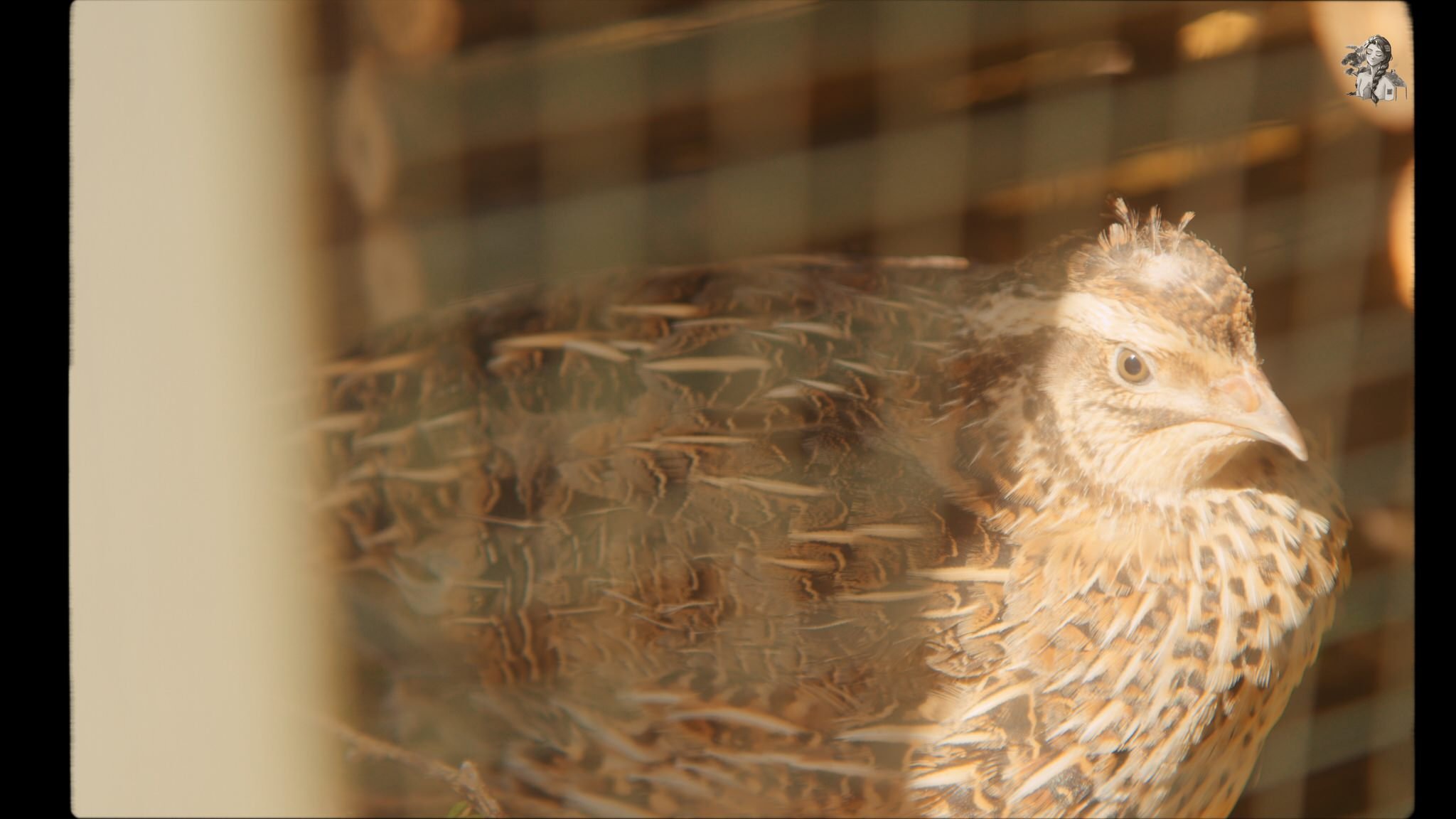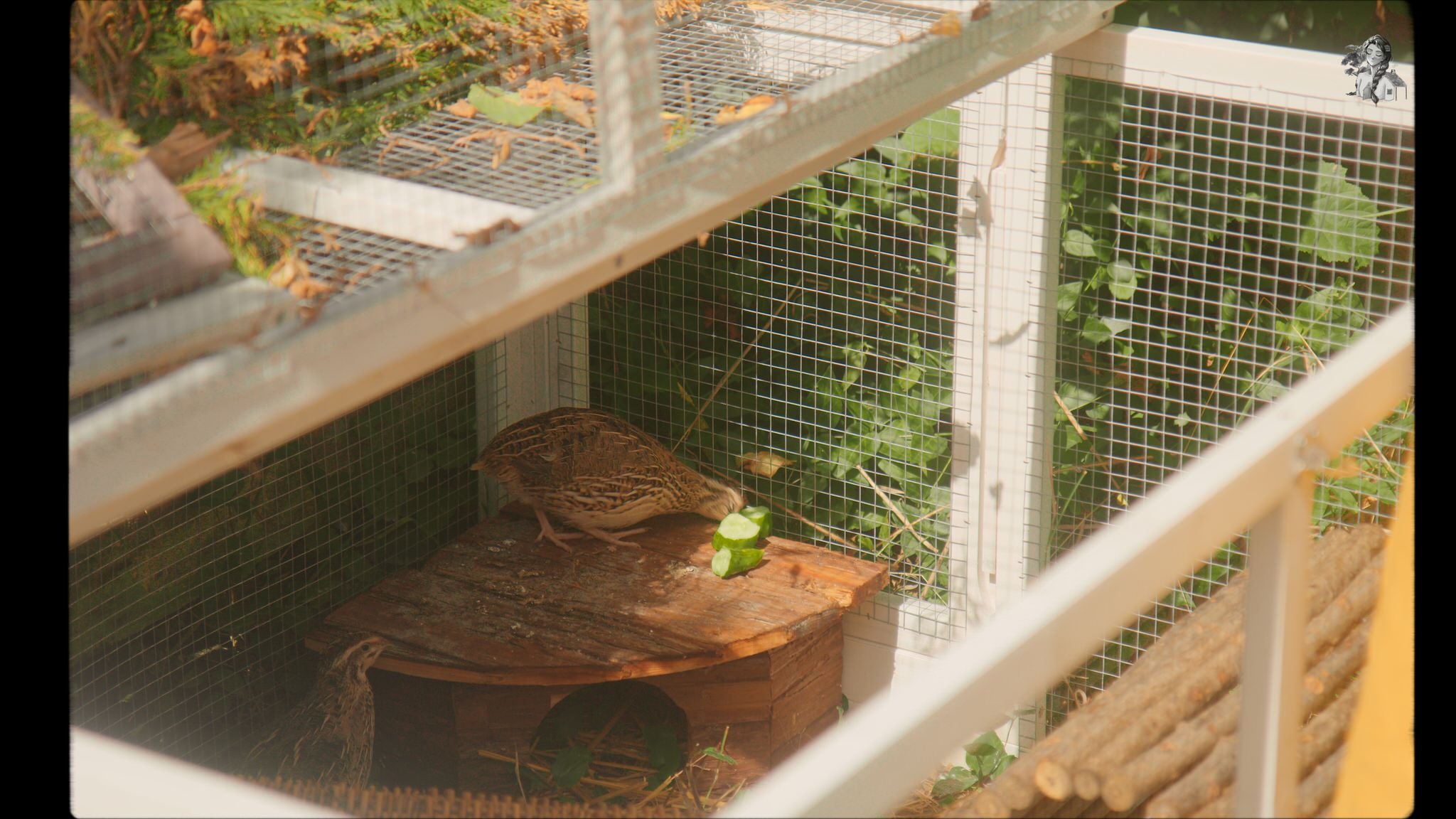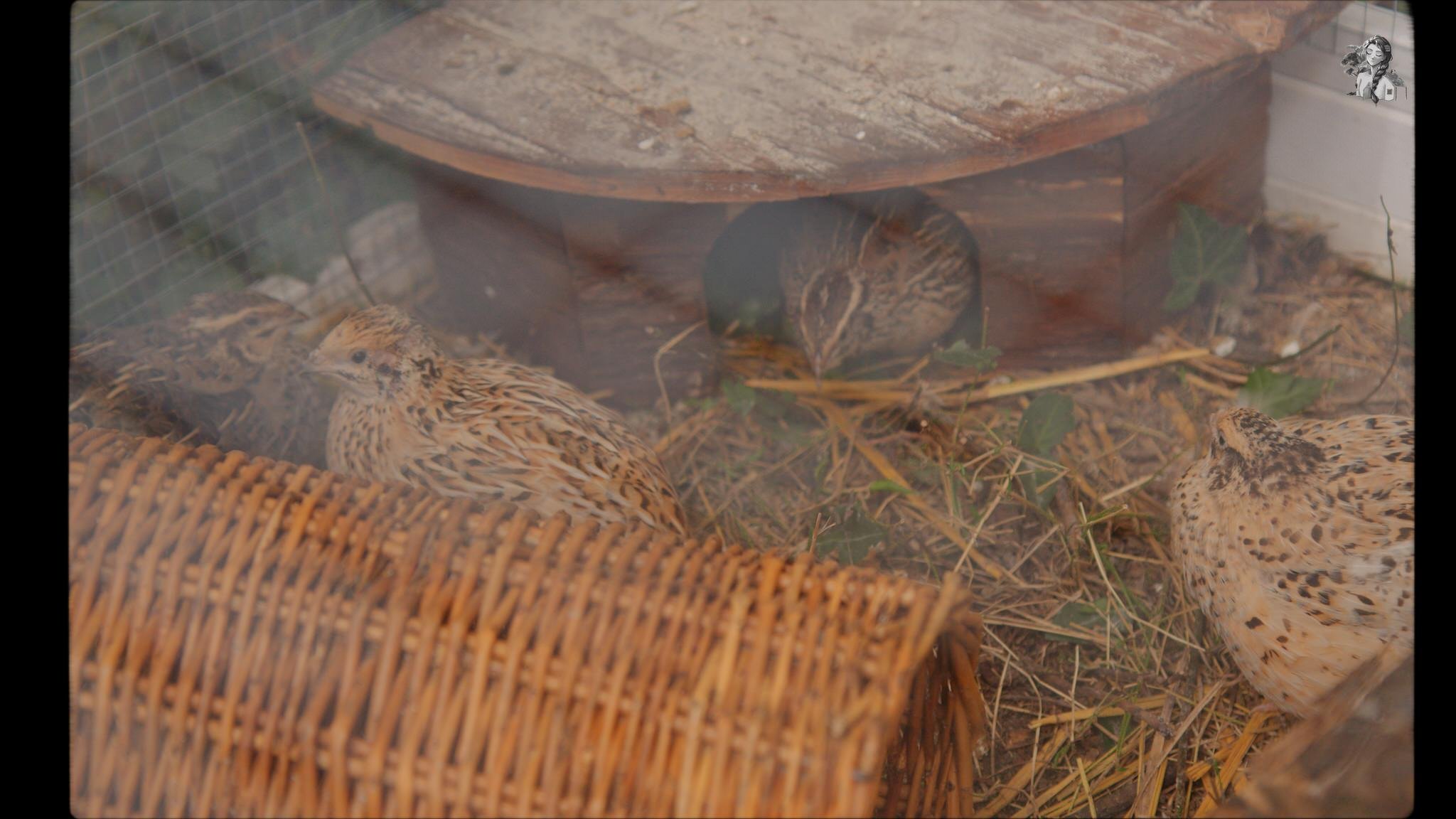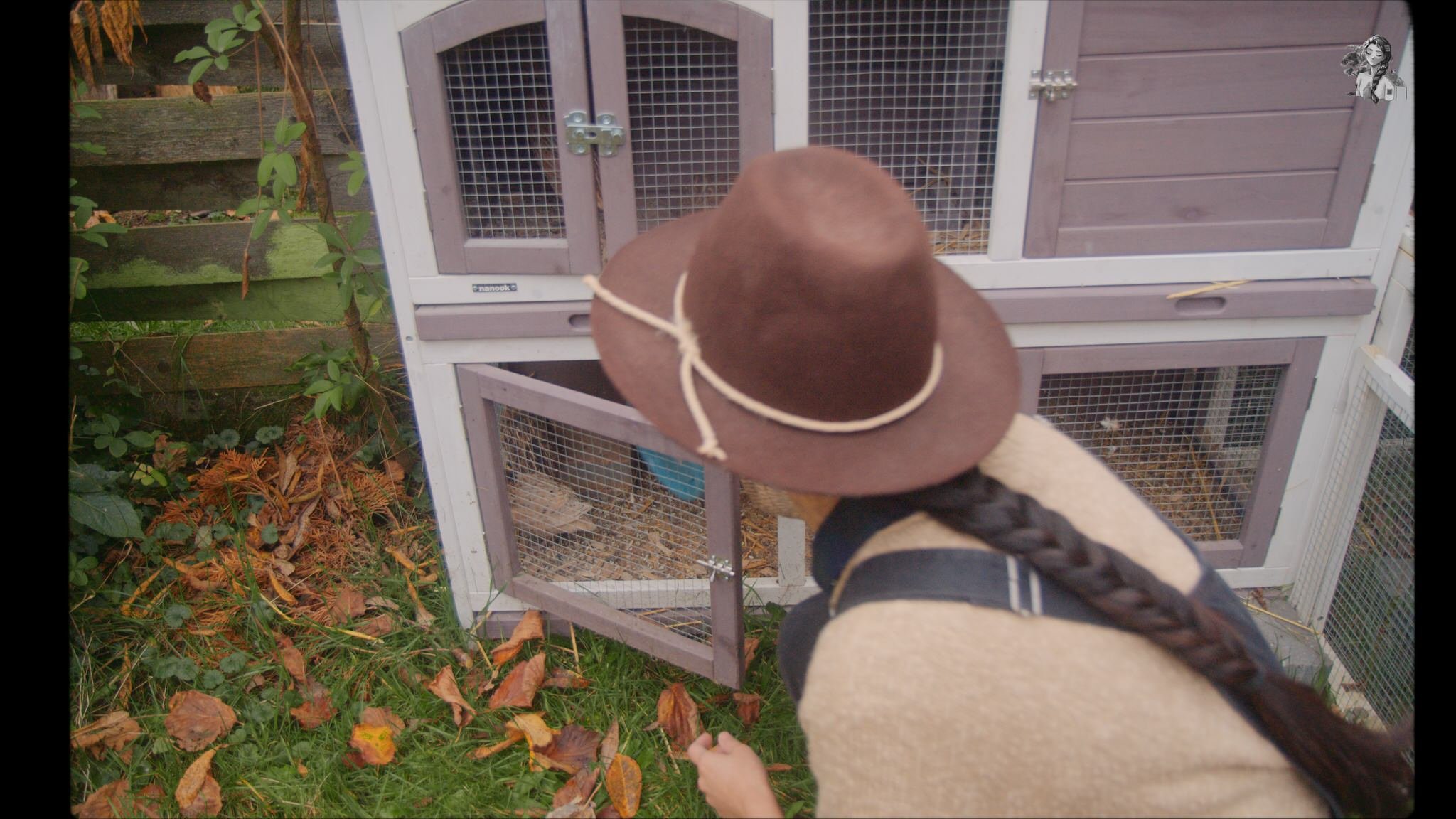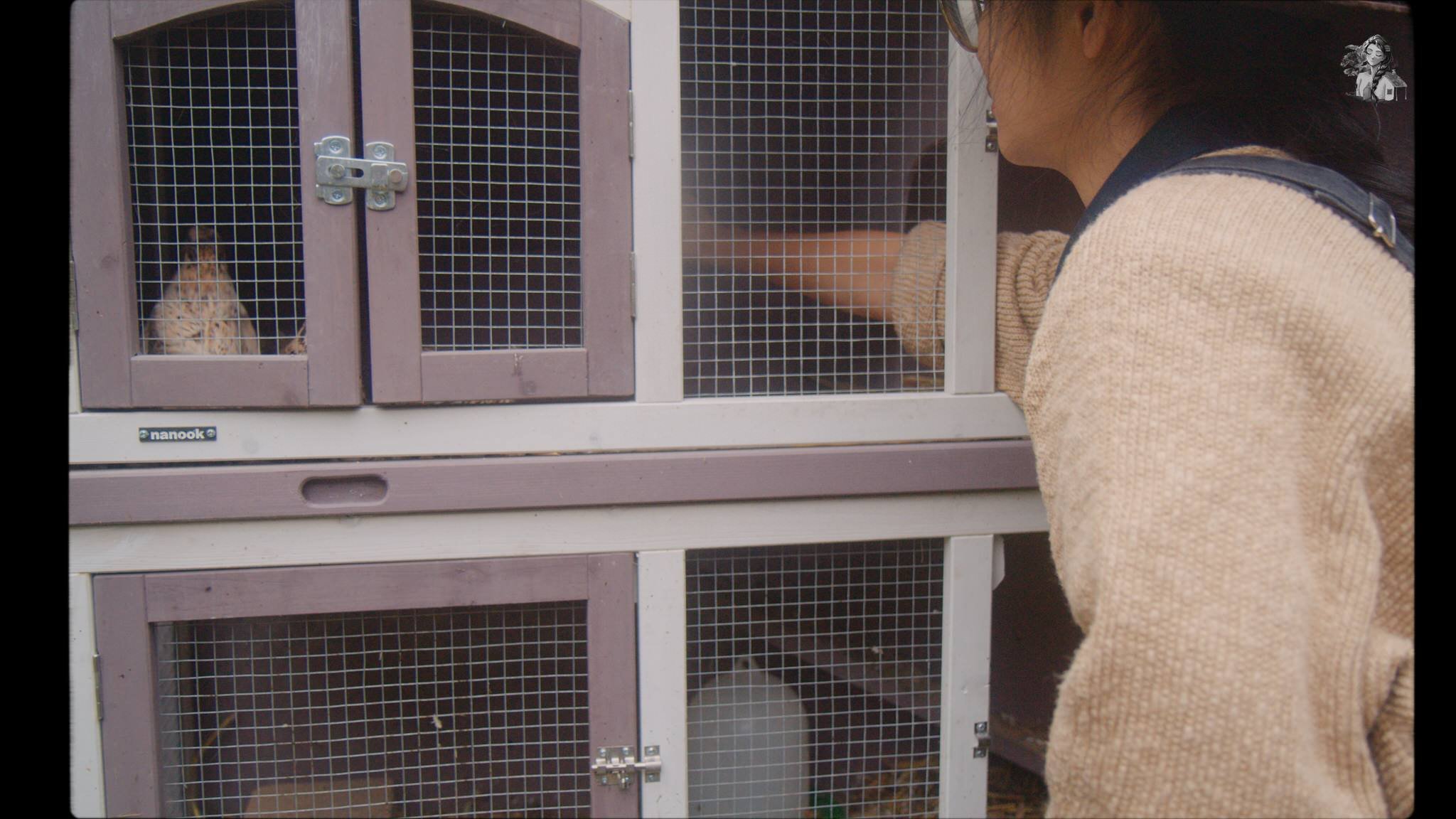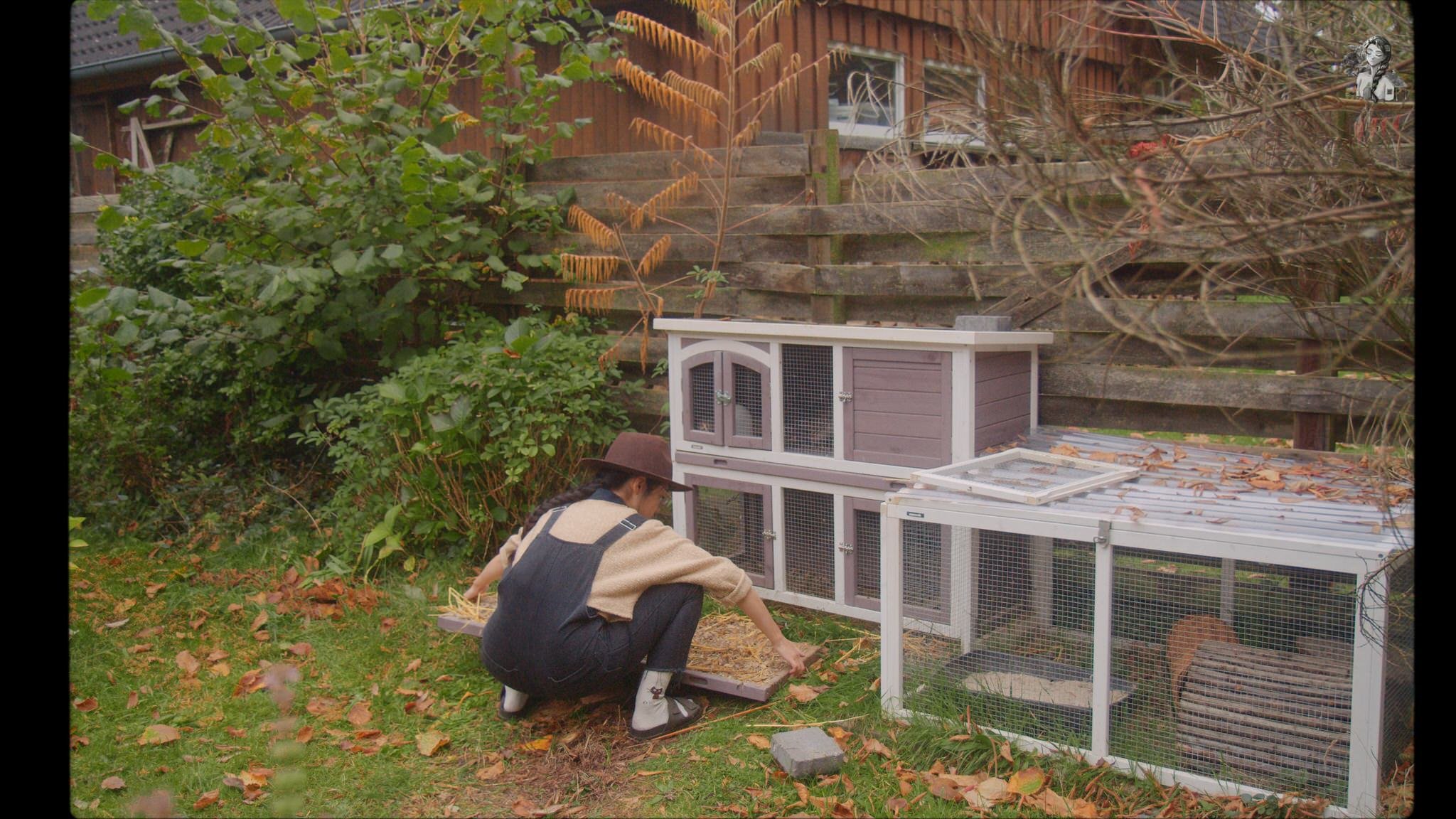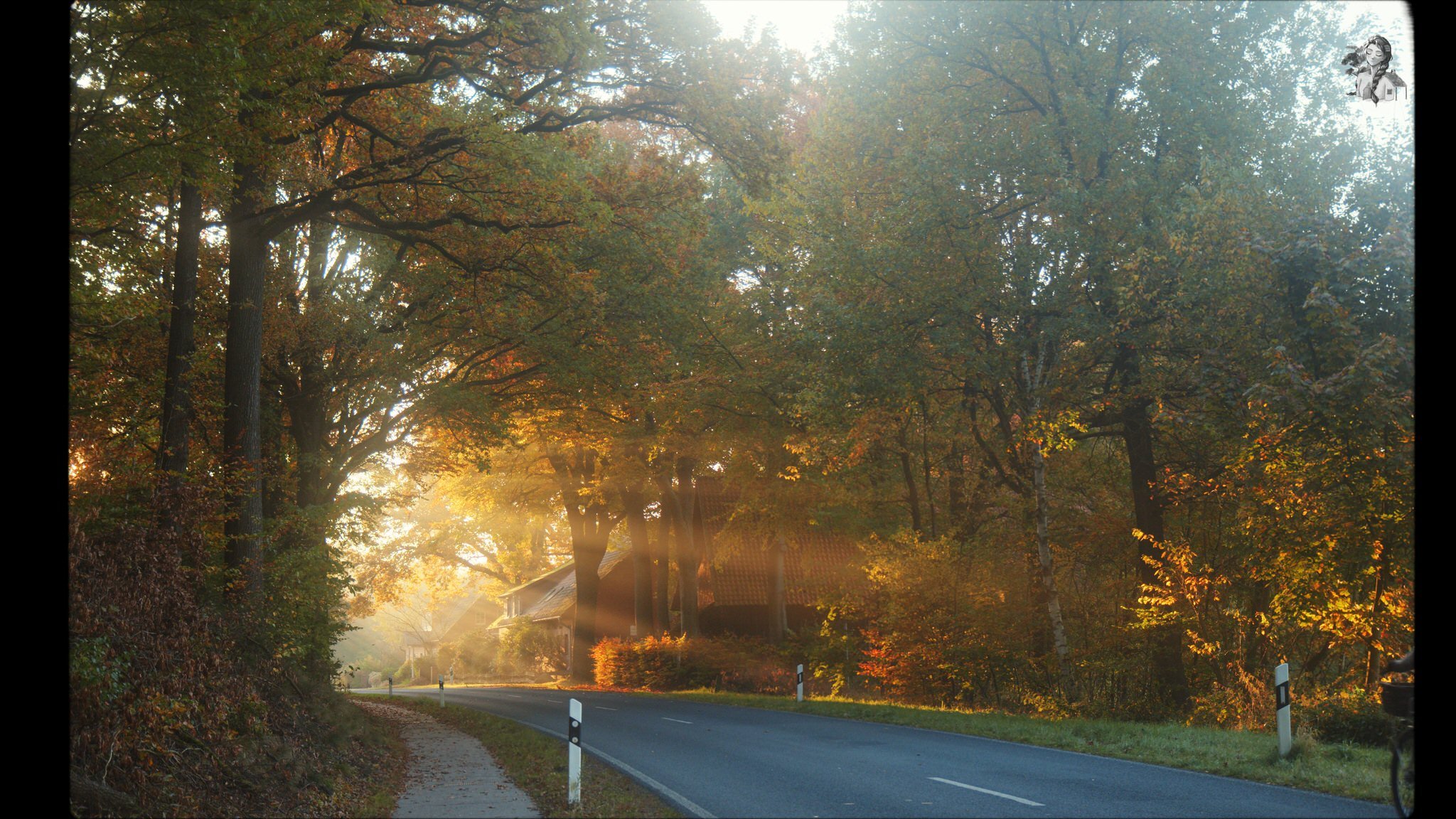Keeping & Raising Quails for Eggs
More and more people want more naturalness and tranquility in their life again; a farm idyll, so to speak.
To escape the hustle and bustle of everyday life.
A conscious lifestyle and sustainable living is constantly emerging. The keeping of farm animals (such as chickens) is often taken into account. However, due to insufficient space available, this idea is often rejected again.
Many people don't even know the ideal substitute for chickens - the quail. The little chicken takes up a lot less space and lays one egg every day on average under optimal conditions. The time required for keeping quails is limited and can be managed by anyone.
If you do your research beforehand, keeping quails is quite easy and inexpensive. There are a few initial costs for the house and the feed dispenser, but the running costs are low.
A small step away from factory farming
The quality of our food supplies has hit rock bottom these days. Especially products from factory farming are not very appetizing once you have gotten an insight into the keeping conditions. You can counteract them very well by keeping your own animals in a species-appropriate manner.
I want the animals to feel comfortable, have enough space and be well!
The area required by quail is far less than that of other fowl or farm animals in general. That is why it is almost possible for anyone to keep quail in their own garden, provided that a few square meters of space are available. It would even be possible on the balcony.
Quail simply bring life to any garden.
For children, too, looking for and collect fresh eggs every day bring greatest joy. Because quails don't just lay their eggs in nests or hiding places. They'd like to "lose" their eggs just where they are.
Quail House
The combined keeping of quails in the quail house and in the free-range enclosure or gate is very popular. The animals are housed in an all-round safe quail shed during the night and they can roam free in the enclosure during the day (depending on the weather conditions). In this way, the animals can enjoy the benefits of running free on a meadow in the fresh air. The quails are also happy about one or the other insect, which is gratefully accepted as a treat.
The nice thing about this type of keeping is that you can build up close contact with the quail. This can make the animals very trusting.
The following points should also definitely be considered:
Size: The quail house should be large enough for the number of quails to be kept (ca 0.3 sqm for 1 quail)
Height: The height of the quail house is also important. Quail fly up when frightened. This can cause injuries. As a countermeasure, the ceilings could be padded (for example with Styrofoam).
Safety: The house must be completely safe from predators (such as martens or foxes).
Location: Quail do not like drafts or persistent moisture. Adequate light is very important for the animals (and egg production).
Many of the houses on offer are designed for chickens. If there are chicken ladders or “ramps”, it should be ensured that they are not too steep or too smooth. So that the quail can easily run up and down without slipping, you can stick anti-slip mats on them.
I license my music on Artlist & Epidemic Sound! Click the link below to get 2 extra months free :)
https://share.epidemicsound.com/npm4hd
https://bit.ly/3NgdrIY
Buying quail
The most common ways to buy quails are certainly through ads from a private breeder / keeper or from a nearby poultry farm. The health of the animals is of course always in the foreground. From experience we can say that the animals from poultry farms are generally in very good health and are also well-balanced in their behavior. Health is often even certified in writing.
There is also the possibility to order hatching eggs and let them hatch with an incubator.
Water & Feeding
The quails need fresh water at their disposal without interruption. A 1.5 liter drinker should be sufficient for up to eight quails. Even if the water still looks good, it should be changed after two days at the latest. The water tanks should also be cleaned once a week with a detergent / disinfectant to kill pathogens.
The same applies to the feed. It should also be available at all times, as the quails only eat as much as they can tolerate. A deficiency would have an impact on health and egg-laying. Similar to the drinking troughs, an automatic feeder weighing 1 kg should be sufficient for up to eight quails.
Just like the drinking troughs, the automatic feeders should always be elevated (for example on a brick or a board), because the quails like to throw dirt into their sand bath.
Contrary to the popular opinion that so-called “chicken and duck starters” could also be used to feed the quails, it is better to buy food specially tailored to the quail.
From time to time we also feed them fresh salad from the garden, herbs, melon, cucumber, rice, pasta.... However, you should be careful with fresh food and not give it too often, as it can also lead to stomach and intestinal problems.
Hiding places
In nature, quails move a lot in the undergrowth. That is why there should be sufficient hiding places in the quail stalls. They also like to have their peace and quiet when laying their eggs or when the cat is interested in standing in front of the house. Willow tunnels or bridges are particularly suitable for this. But also branches (fruit trees, conifers, e.g. pine), grass or bamboo offer great hiding places.
Litter & Bedding
Litter is also important for the quail as this absorbs their excrement. The odor of the little feathered friends can quickly become very intense. Therefore, the house should of course be cleaned regularly (once a week).
I tried different types of bedding.
For the second floor I use wood chips as litter and hay as nest material. Downstairs in the outdoor enclosure we have shredded bark, for instance pine and larch.
Quails would love a sand bath.
Keeping quails in winter
Quails are pretty robust when it comes to temperatures. After all, they can withstand temperatures as low as - 15 °C. If you intend to keep the quails outside at such temperatures, you should help a little to make things easier for the animals. Of course, it is also very important in winter that the quail have water available at all times. So that the quail drinkers do not freeze, there are special drink warmers.
You completely sealed off the house on three sides with styrofoam sheets. What is also very important: that no drafts get into. You can get a standard wax tablecloth and placed it over the entire house. So no wind comes through the cracks in the boards.
And of course an extra layer of litter, hay and straw.
Mites
Parasites such as mites can be very debilitating for quails. The red poultry mite is particularly hard on the quail. At night, these mites climb on the quail and sting it, then they draw some blood from the quail to feed on. Especially in the hot summer months, these mites often multiply in a flash. Many thousands of mites are quickly in the barn and suck blood from the quail night after night. This can lead to the quail becoming severely weakened and dying of anemia.
Eucalyptus spray has proven very effective in prevention. Used regularly, it prevents infestation without any chemicals.
Kieselguhr in the sand bath is also highly recommended if there is a pronounced infestation! It practically dries out the pests. When applying, please urgently wear a face mask, as kieselguhr is respirable in humans!
There is also Kieselgur spray which is super effective for cleaning surfaces, and also generates less dust when applied.
Clean everything in the stall. Completely remove the litter, If the stall is suitable for this, you can flame the walls and floor, then spray with kieselgur spray.
It is best to burn hiding places such as branches, wash hiding places that you want to keep with hot water and then treat them with kieselgur after they have dried.
Worms
Parasites such as worms can also be very damaging to quails if they appear in large numbers. You should therefore always have a look at the quail's droppings. If it is frothy, brownish red or if you can even see worms in it, you should act quickly. In addition, the quail should be dewormed 1-2 times a year.
PHOTO EDITING PRESETS FOR LIGHTROOM / PRESETS CHỈNH ẢNH:
BUYING PRINTS / MUA ẢNH IN MÌNH CHỤP:
https://www.her86m2.com/print-shop
STAY CONNECTED / KẾT NỐI VỚI MÌNH:
Website: https://www.her86m2.com
Facebook: https://www.facebook.com/her86m2
Instagram: https://www.instagram.com/thuydao__/



